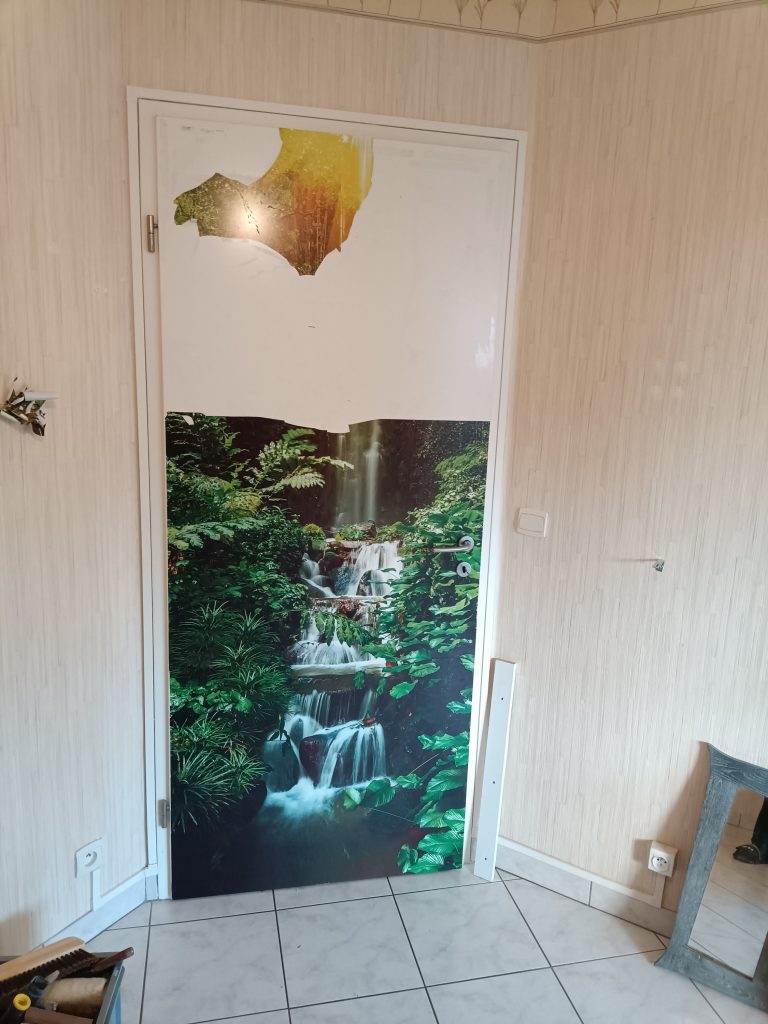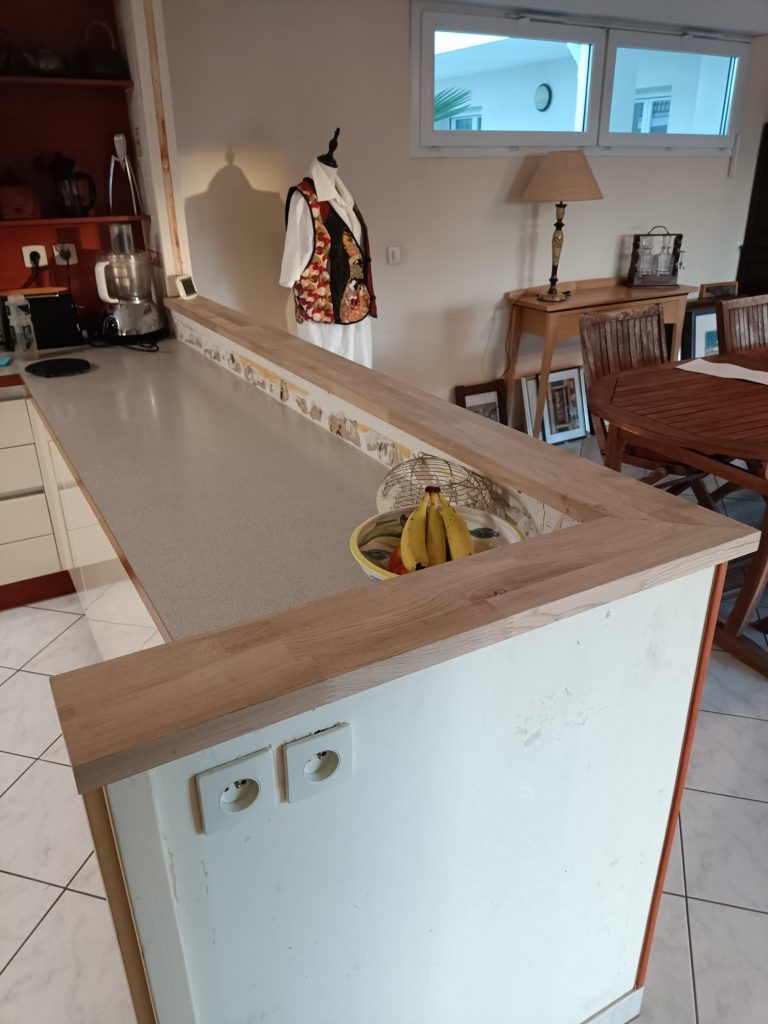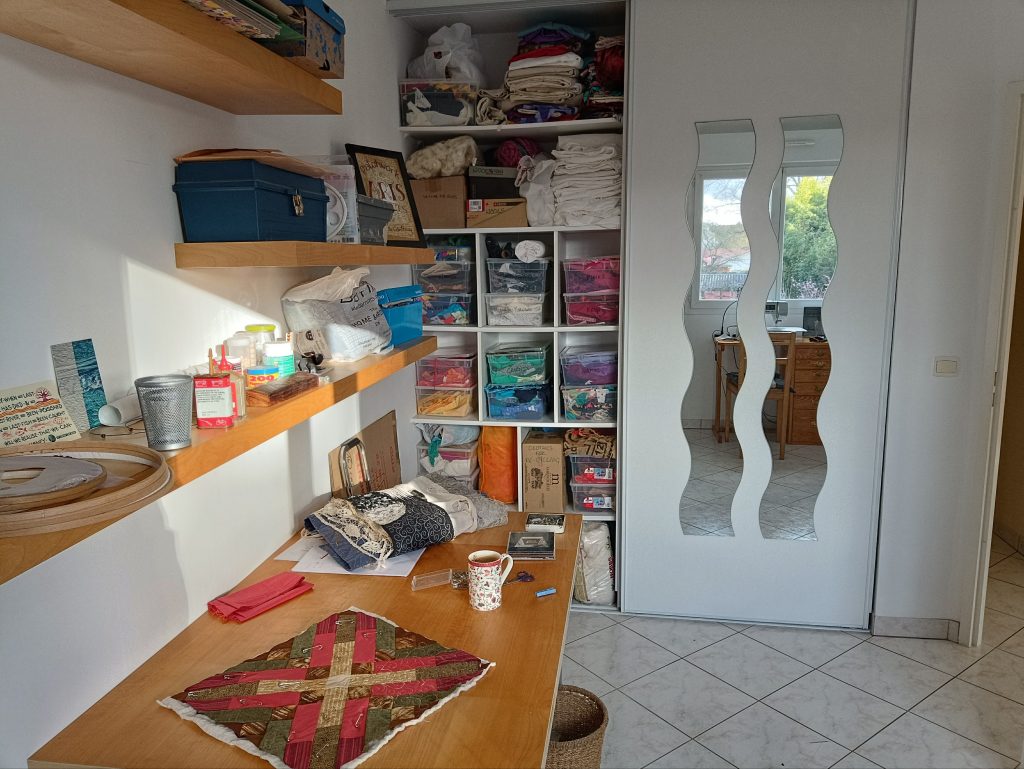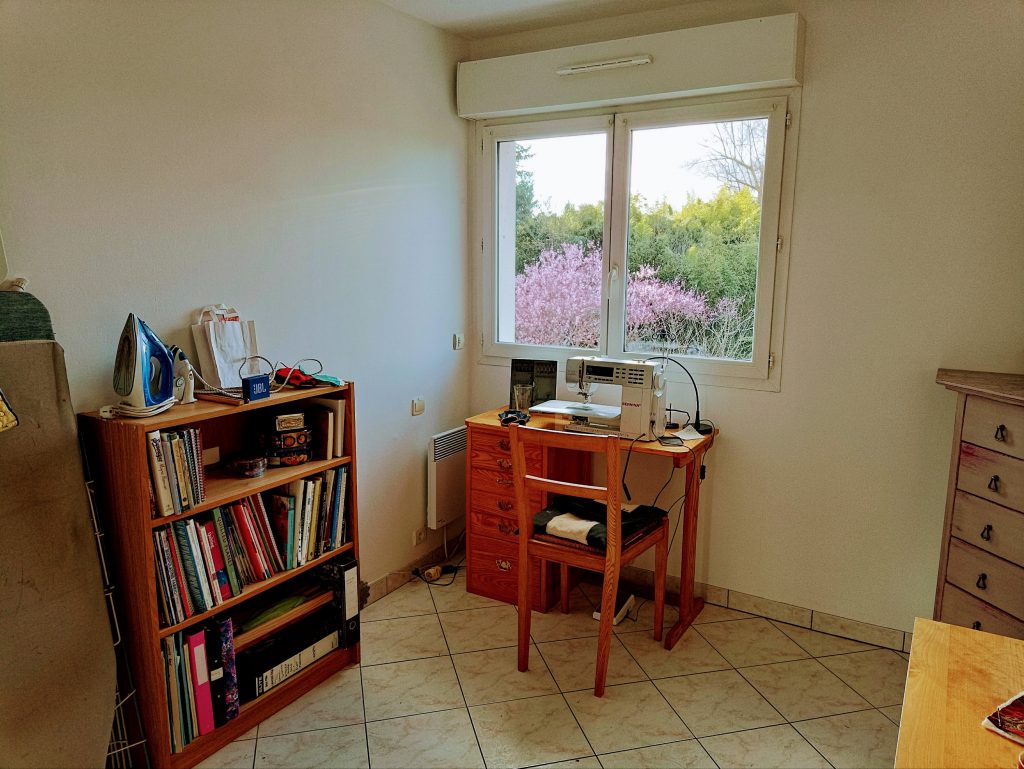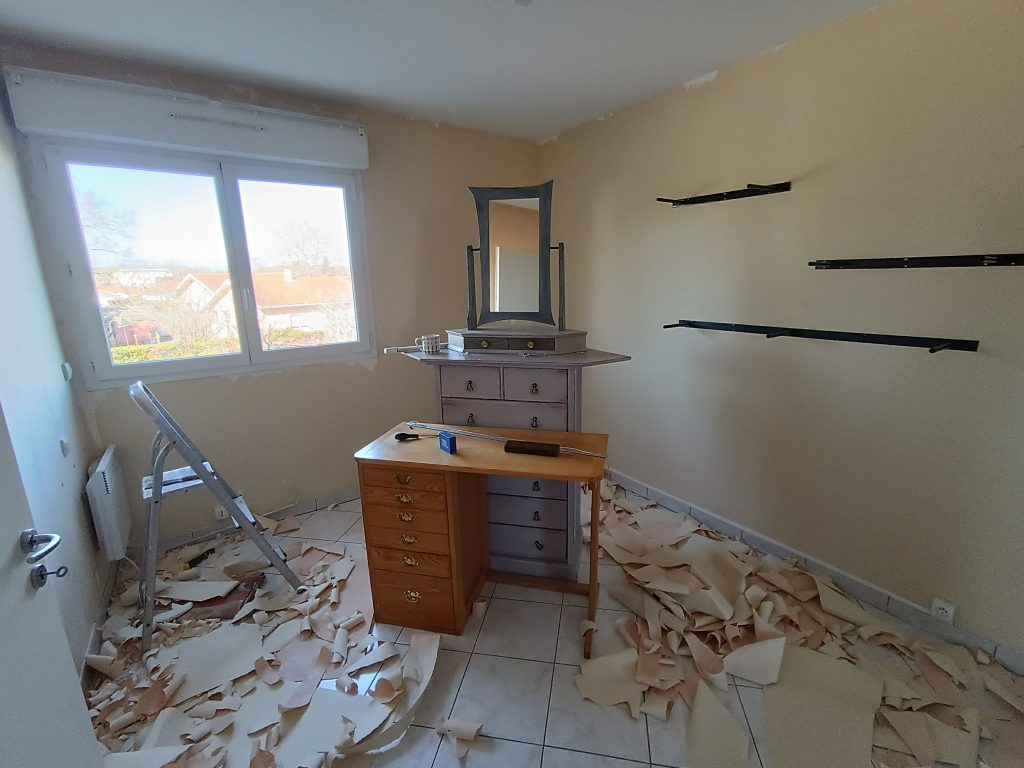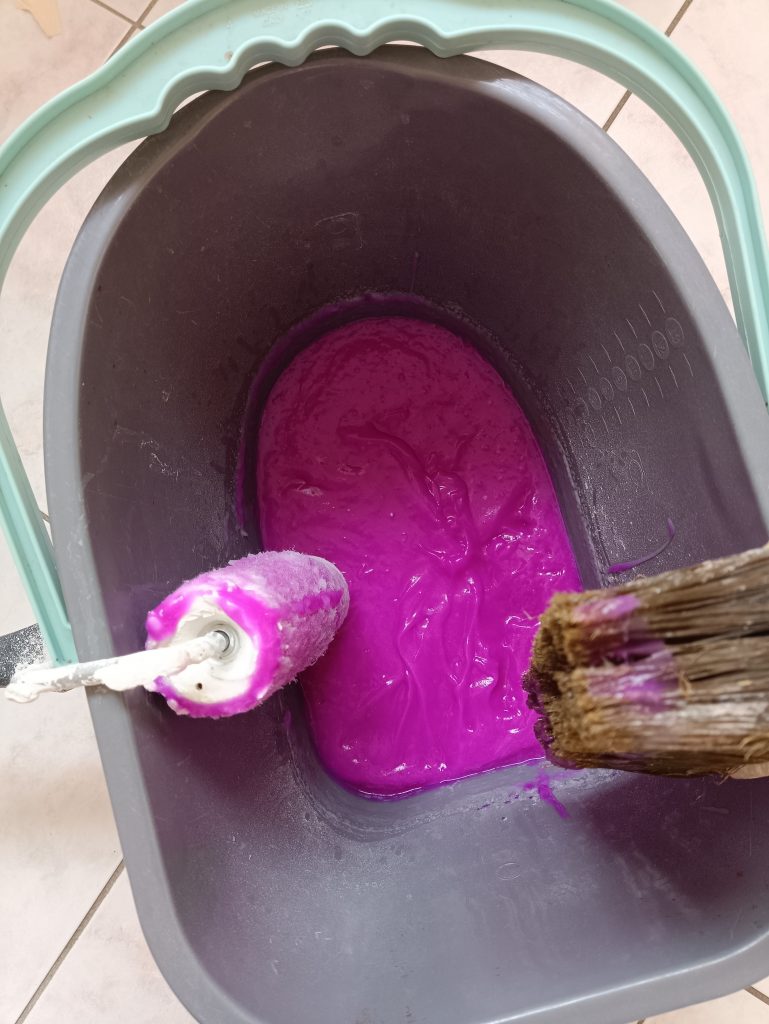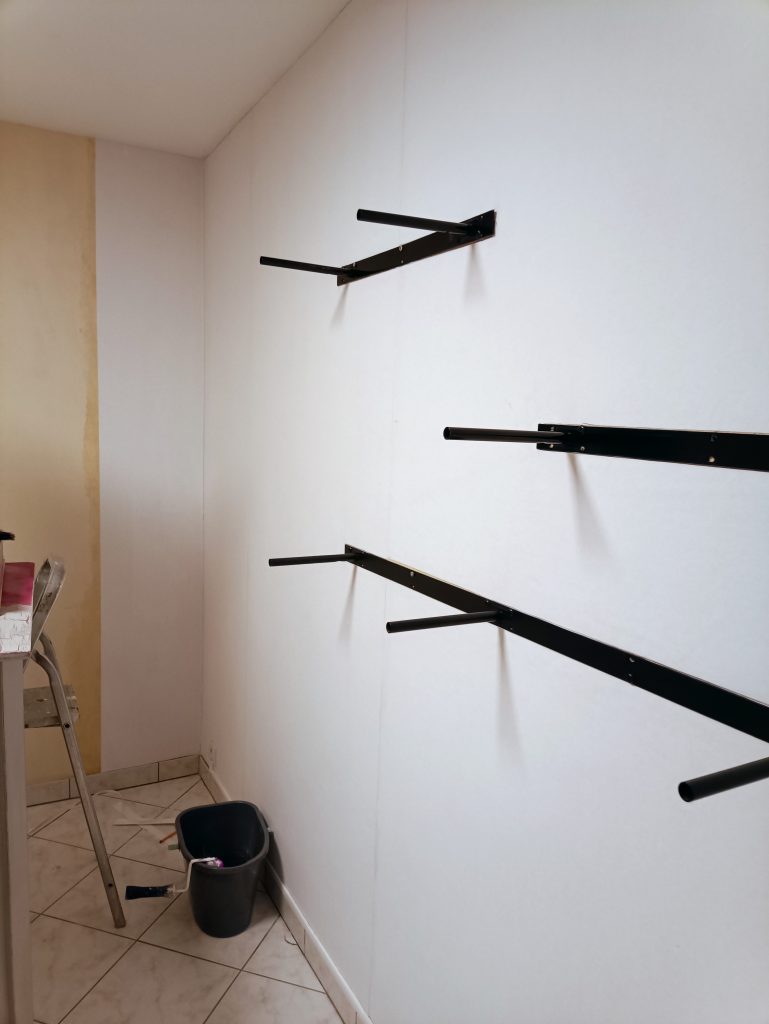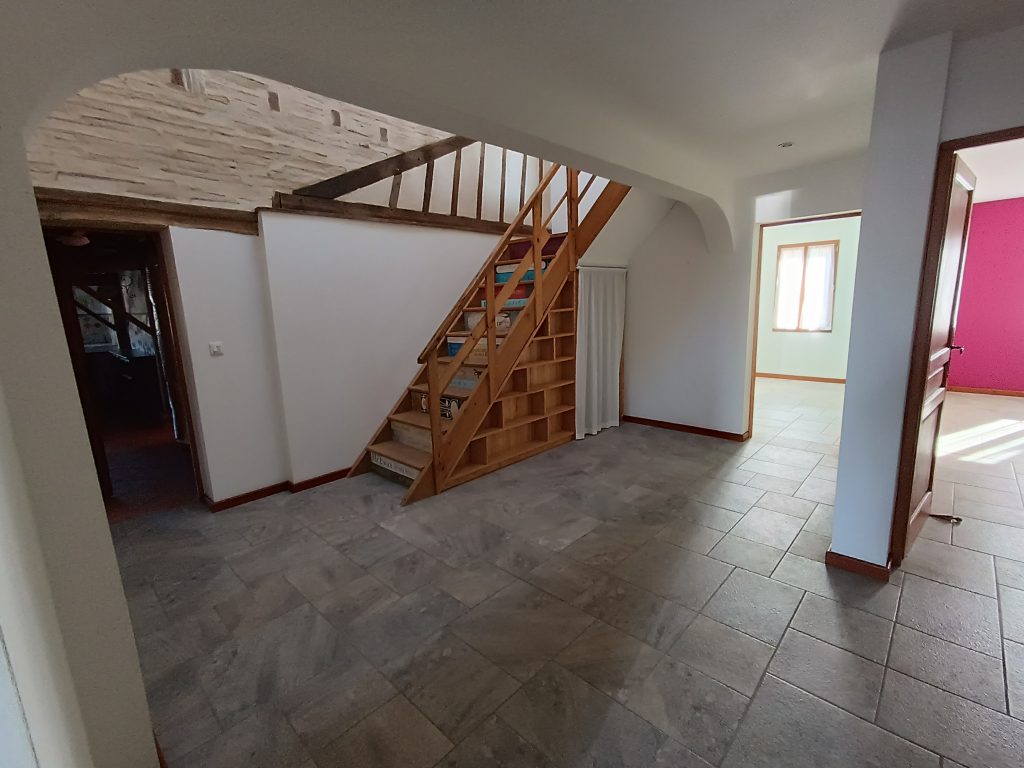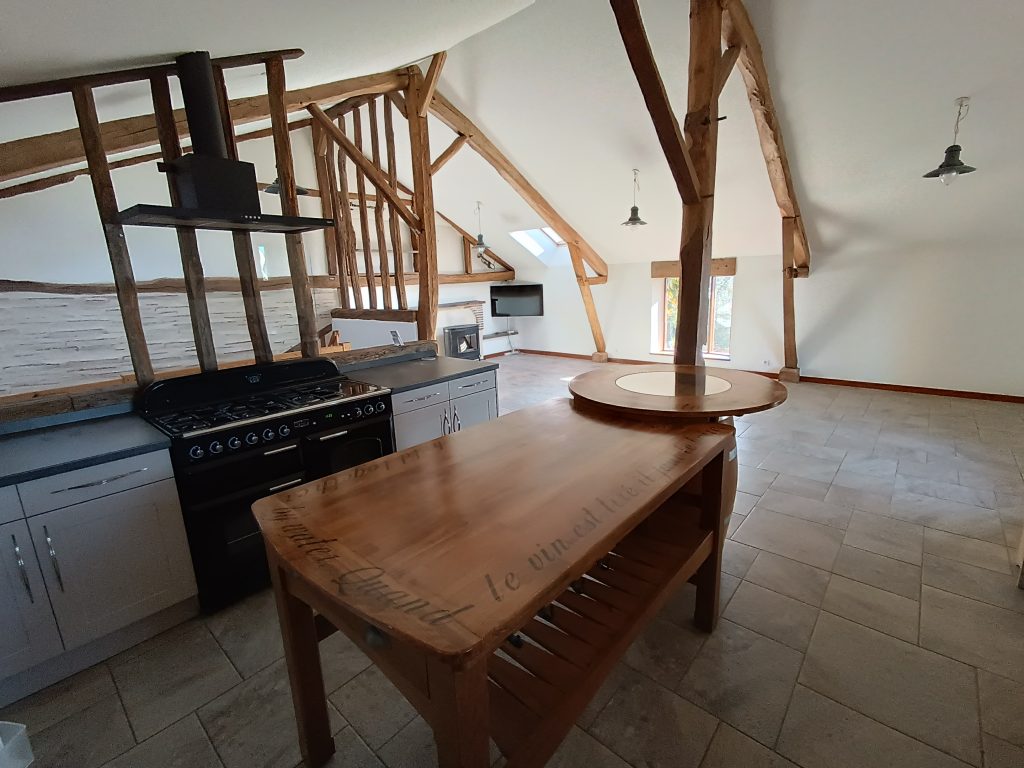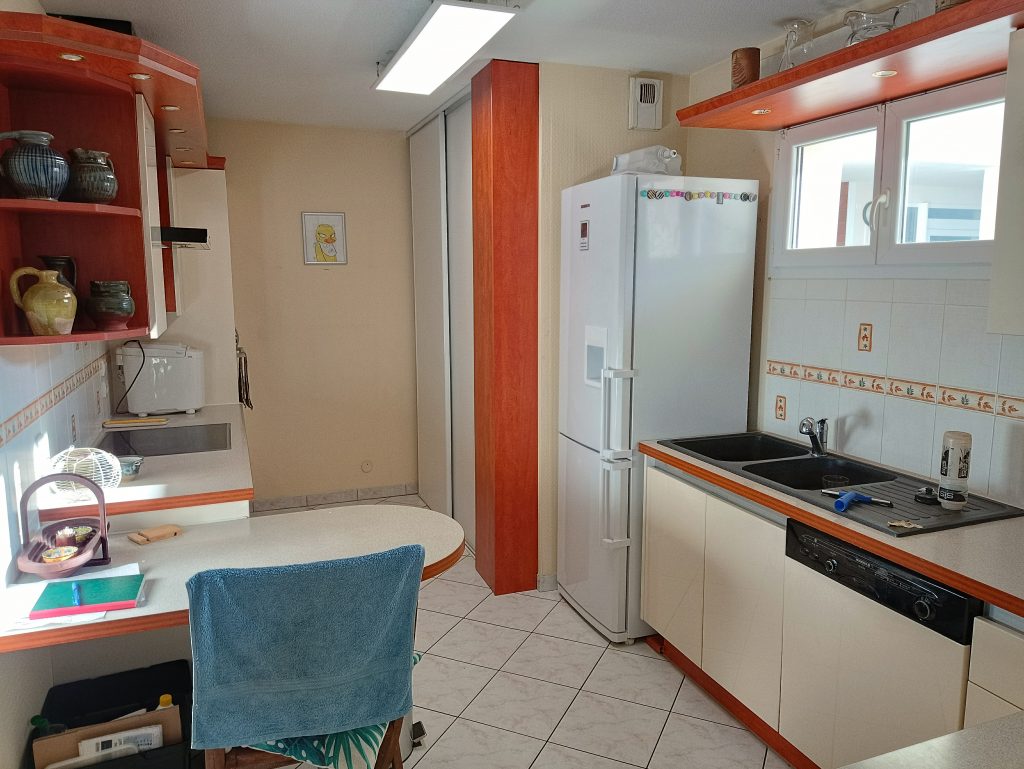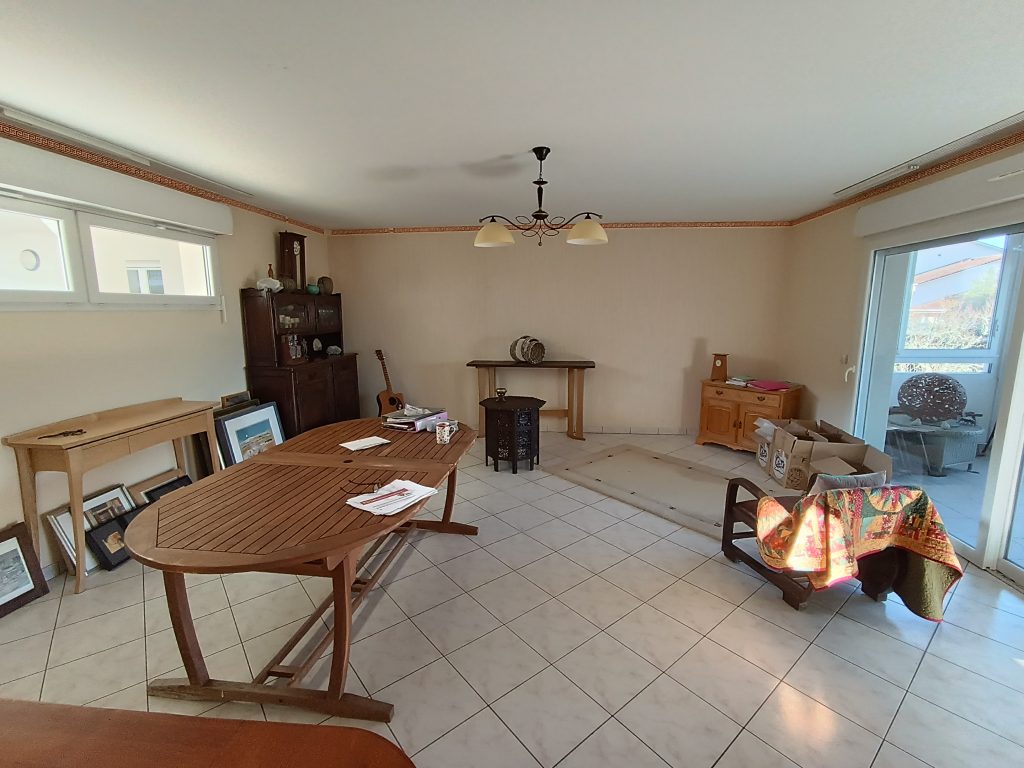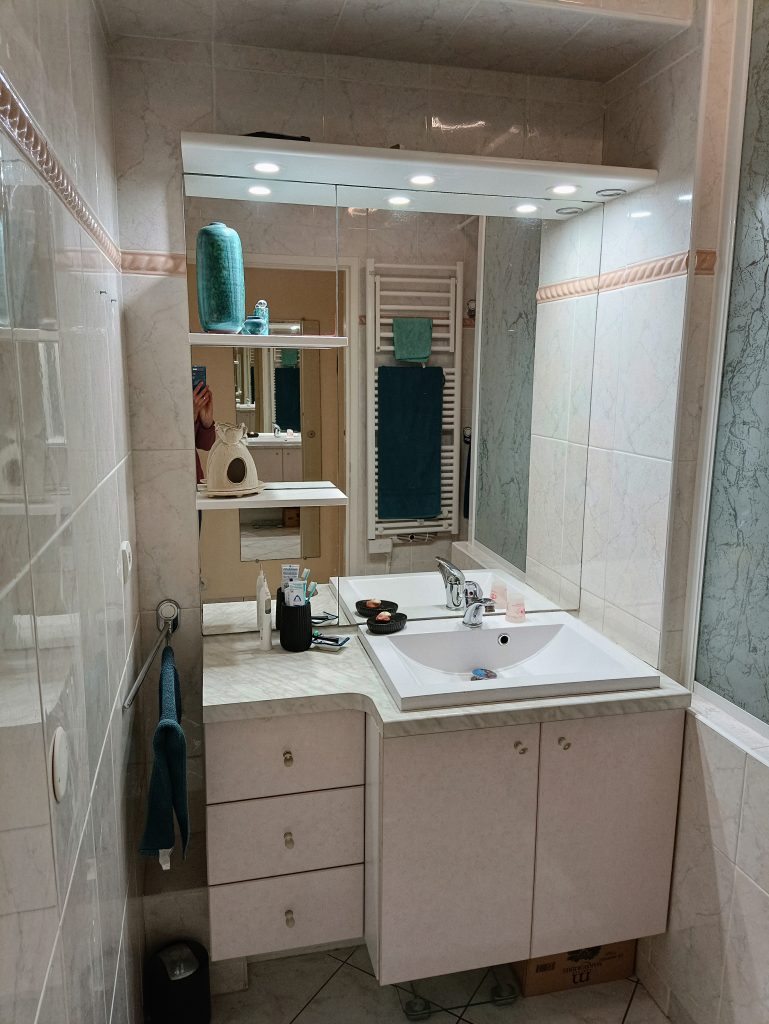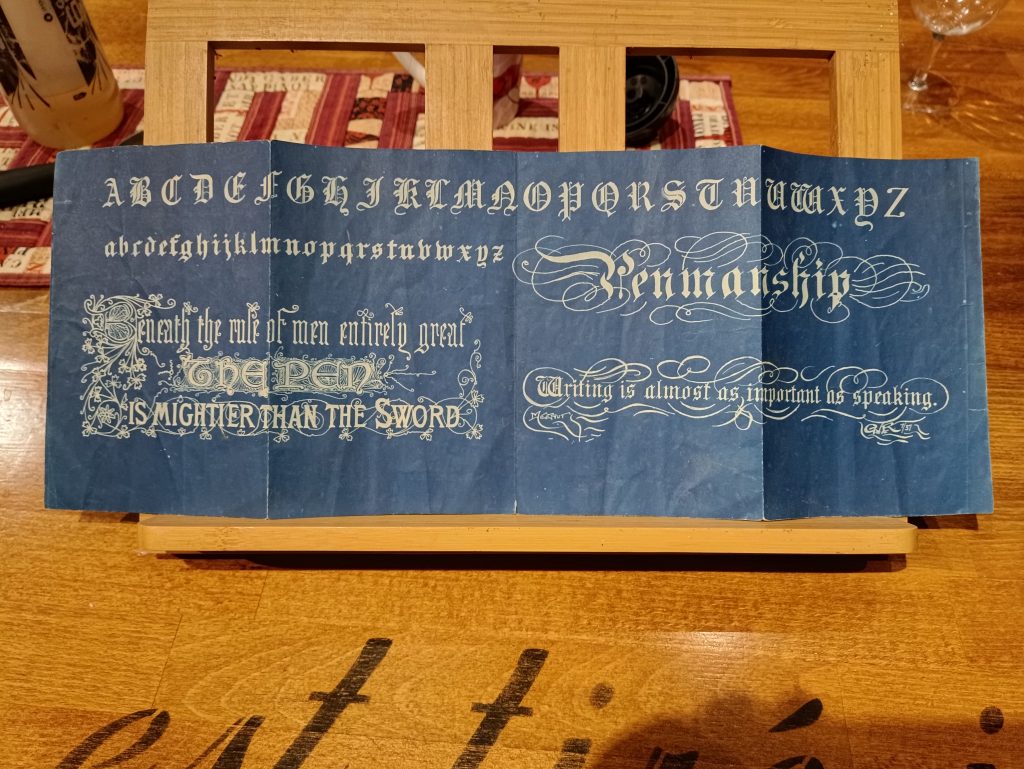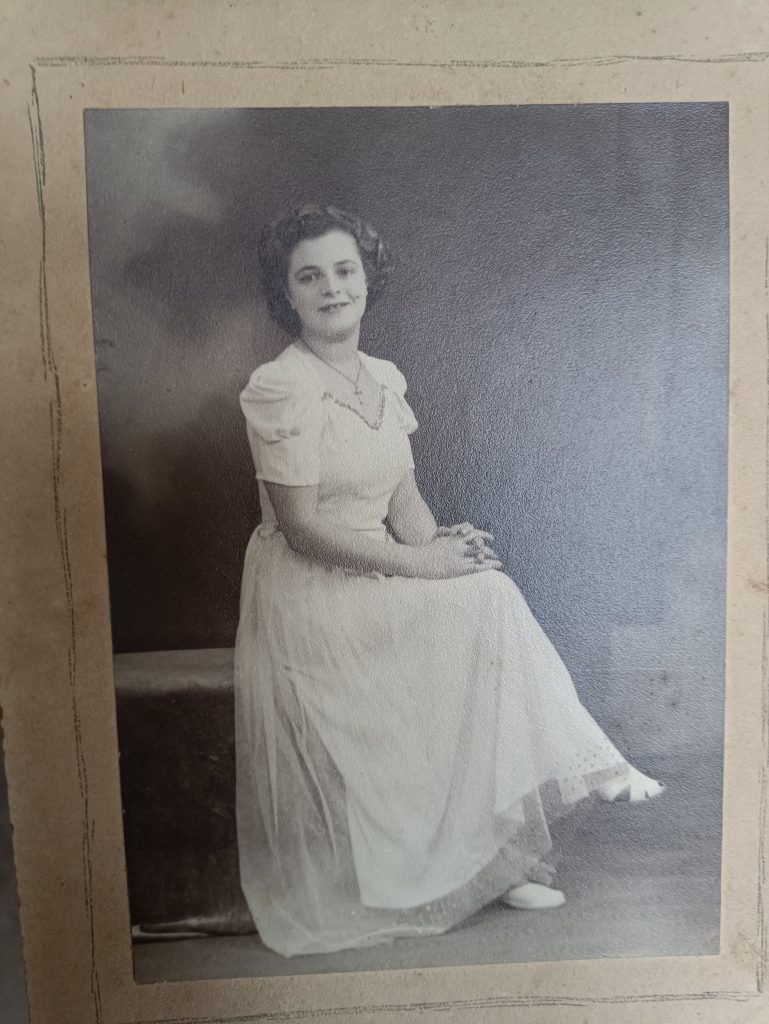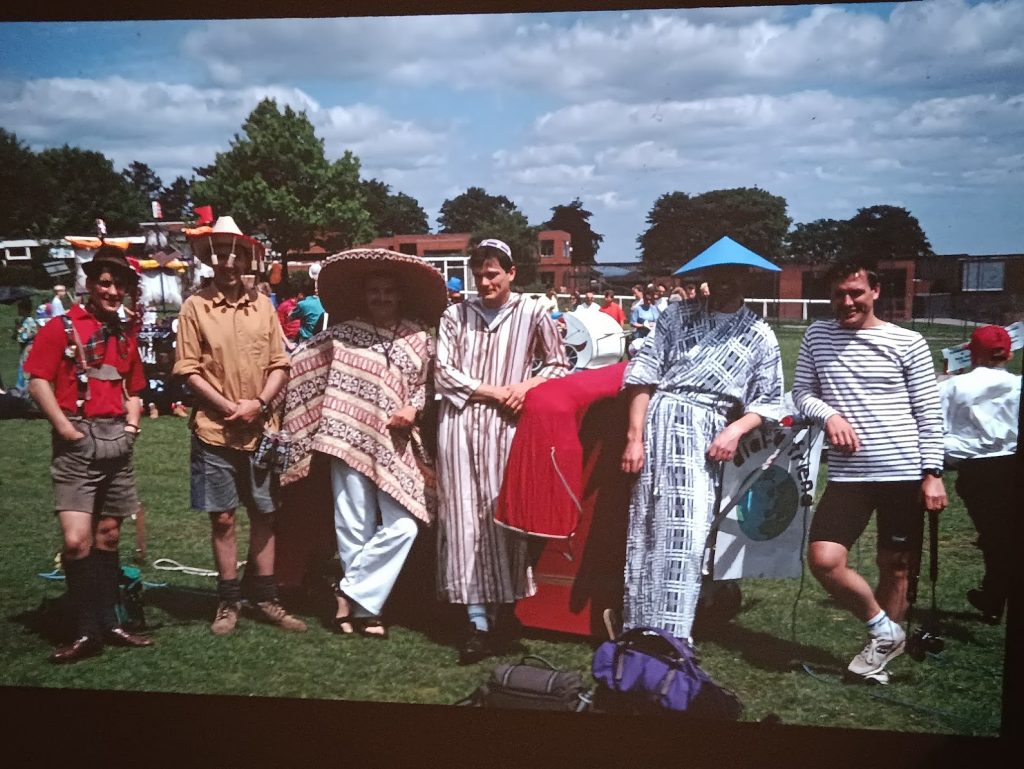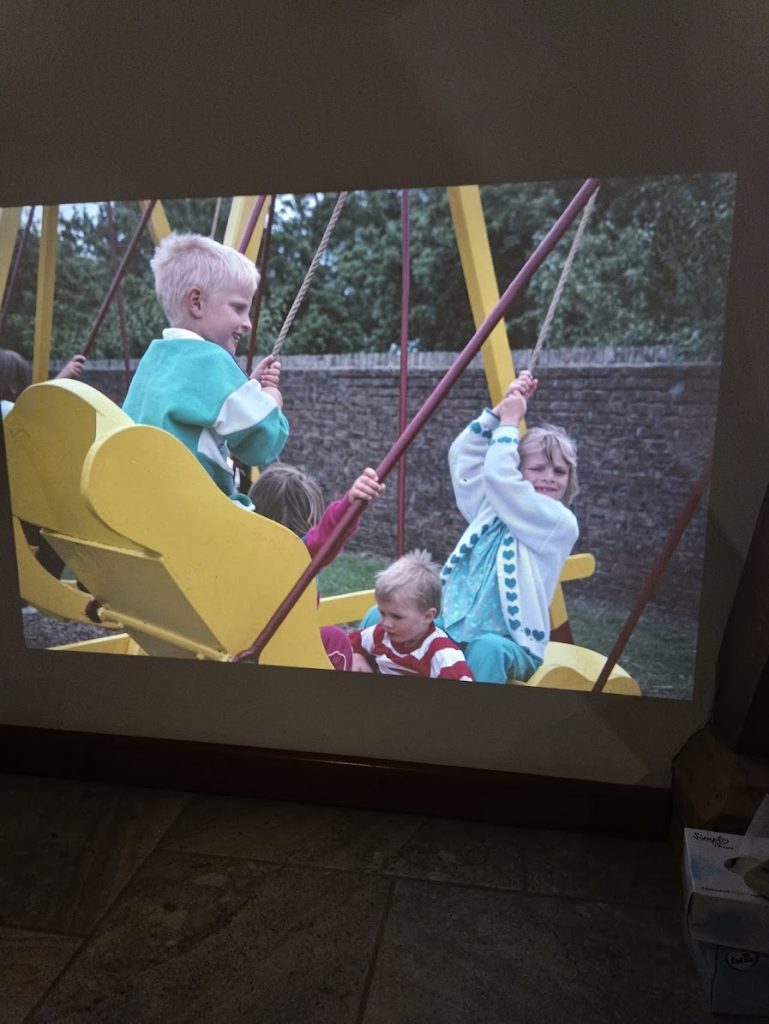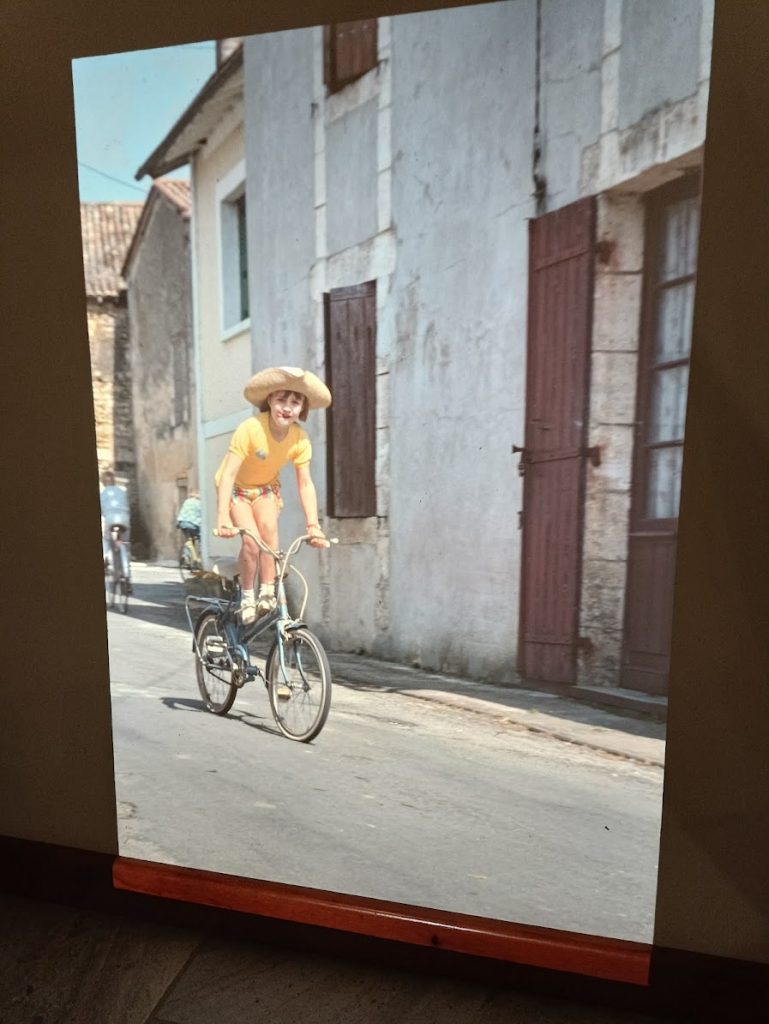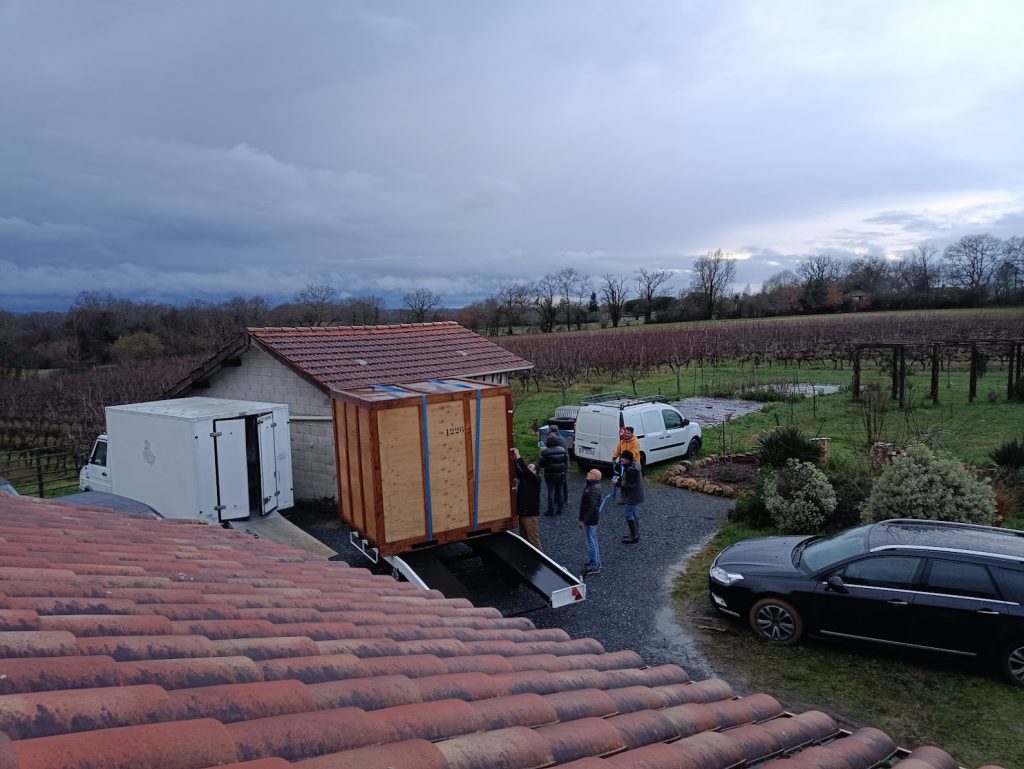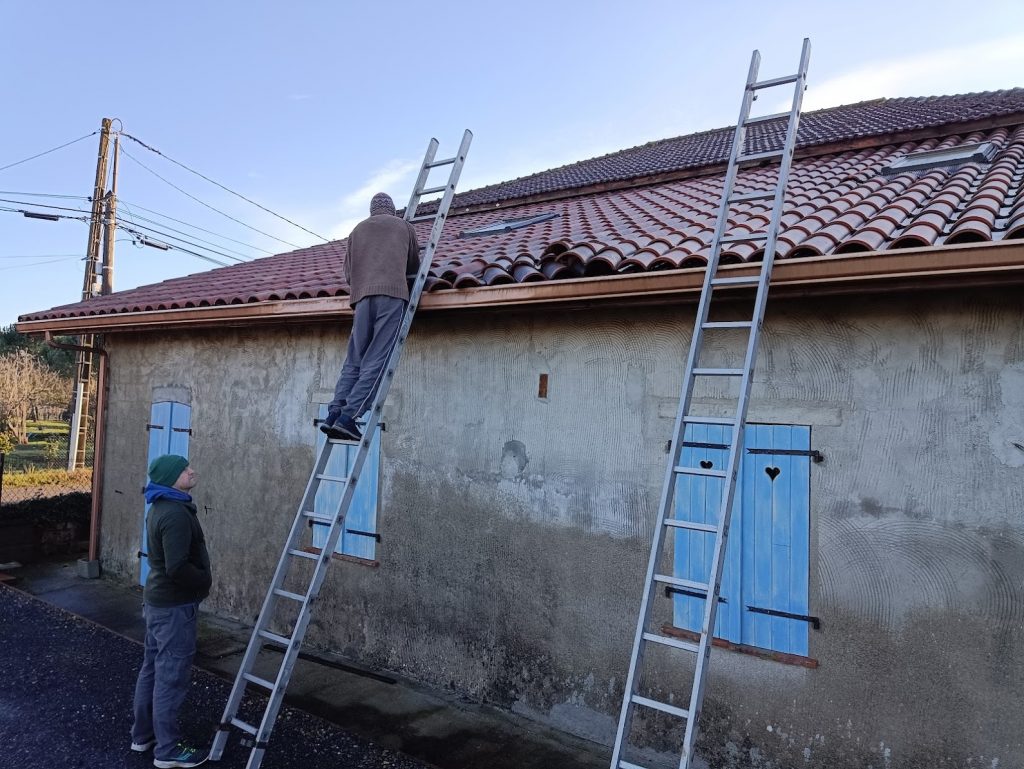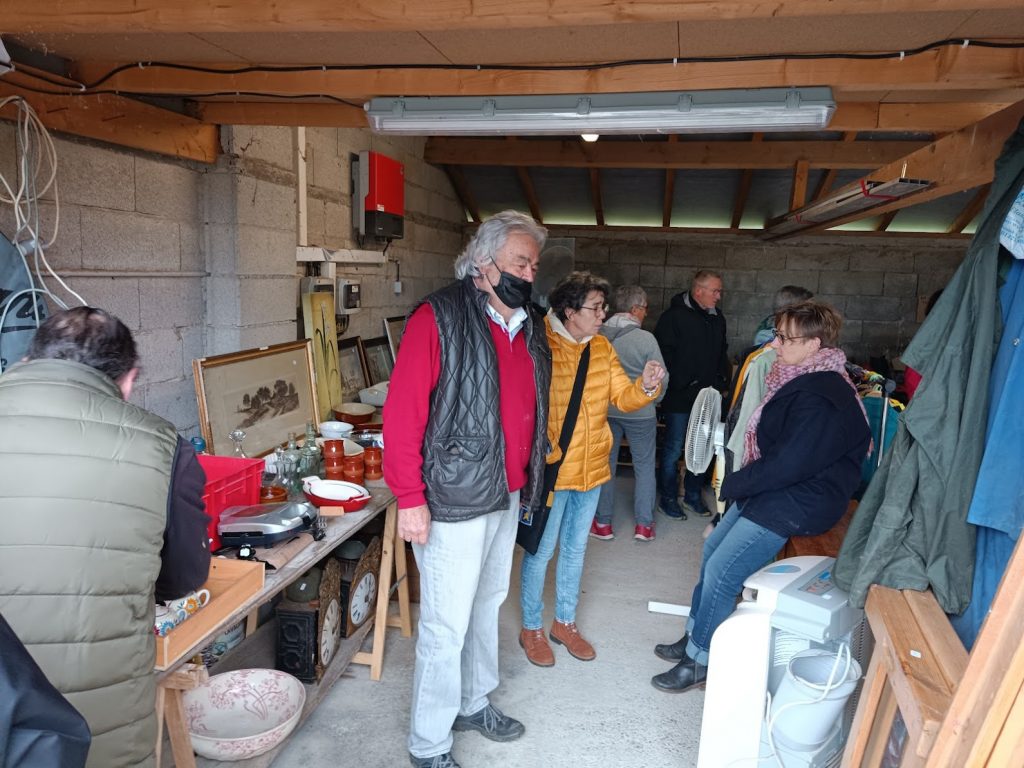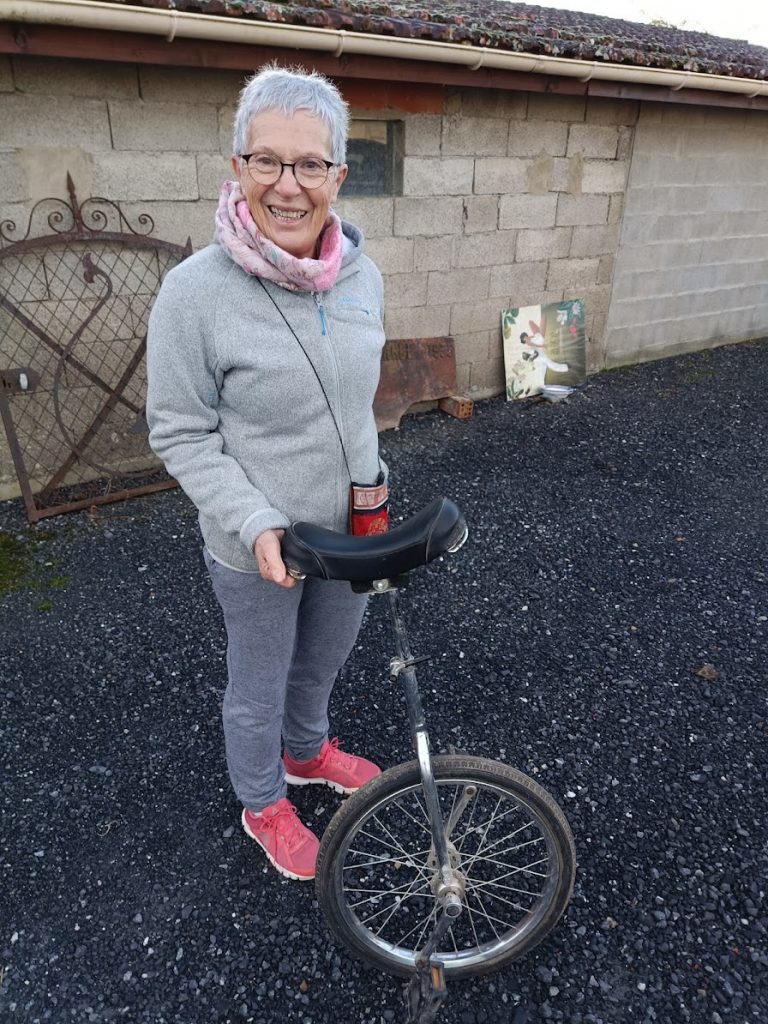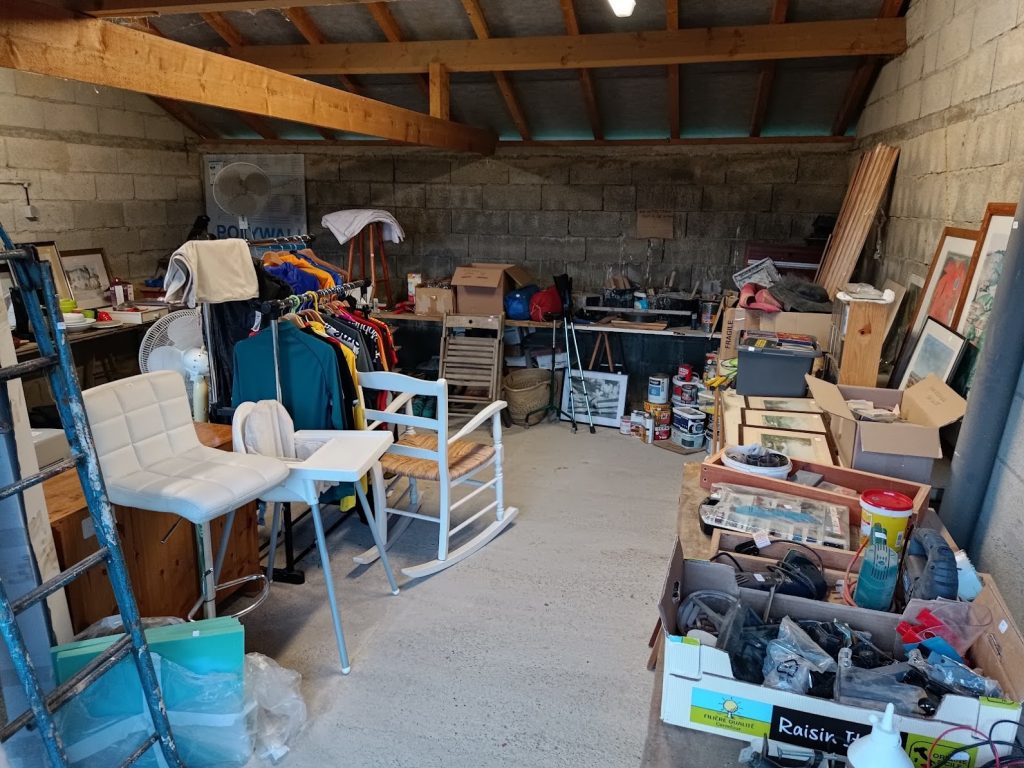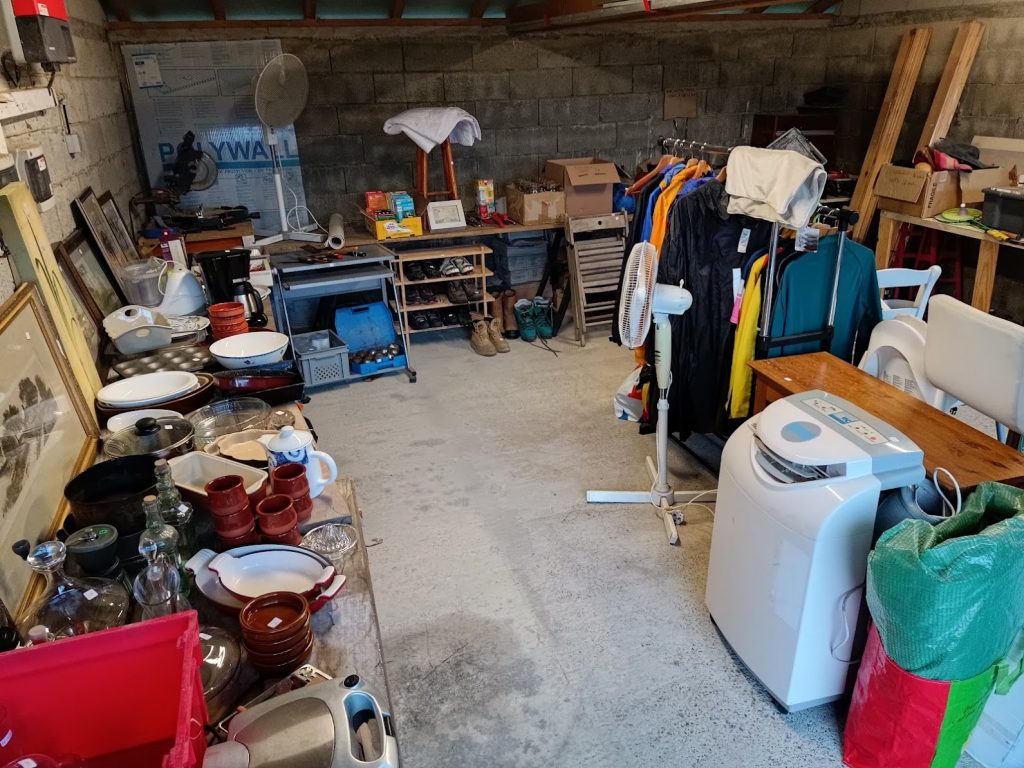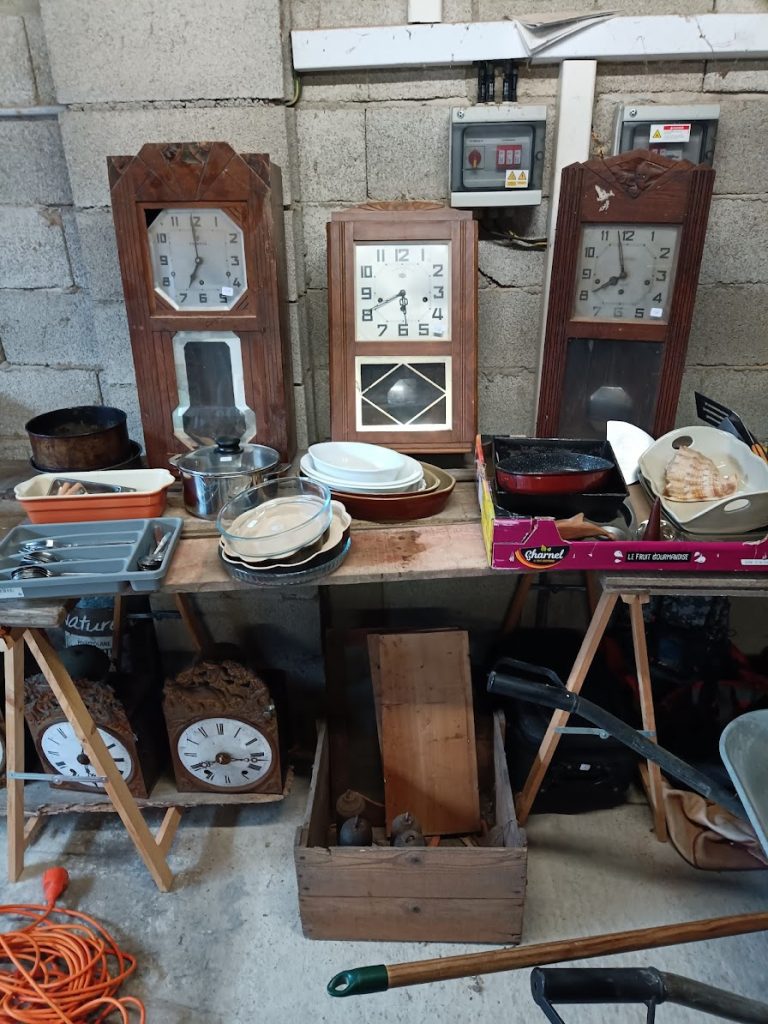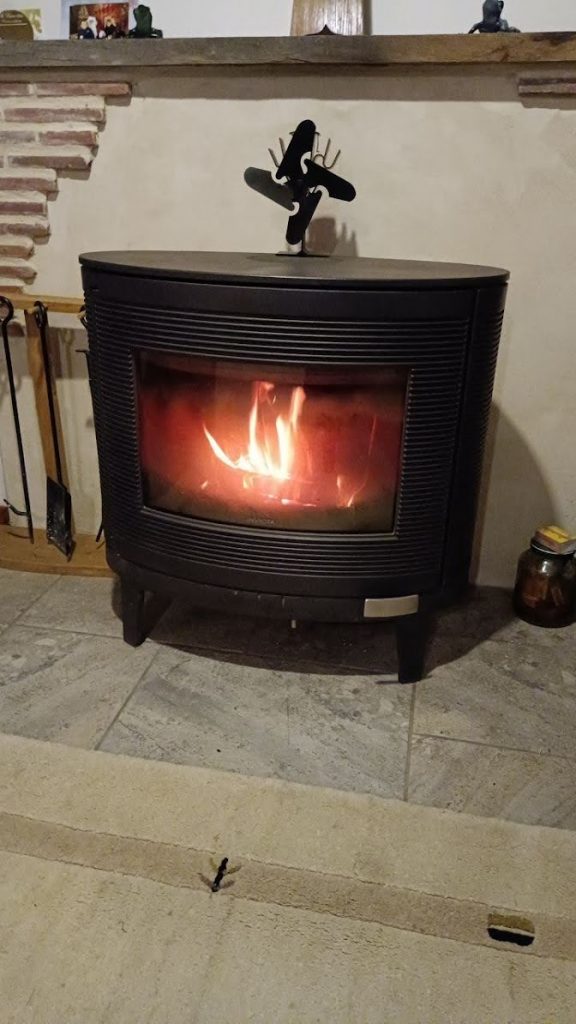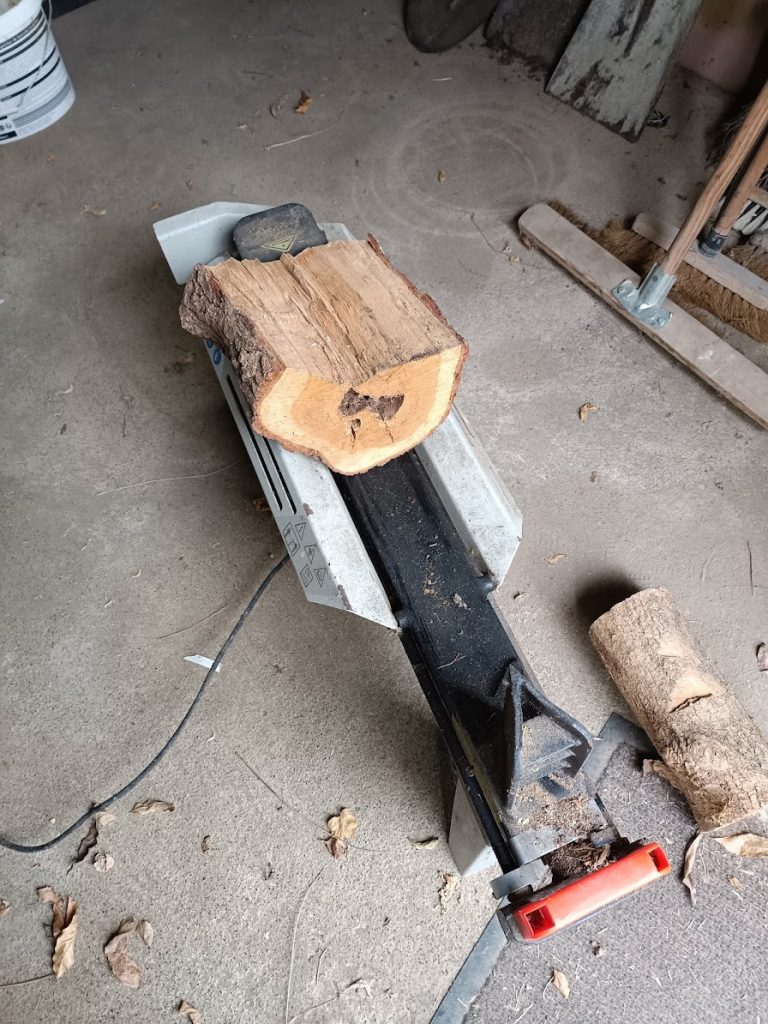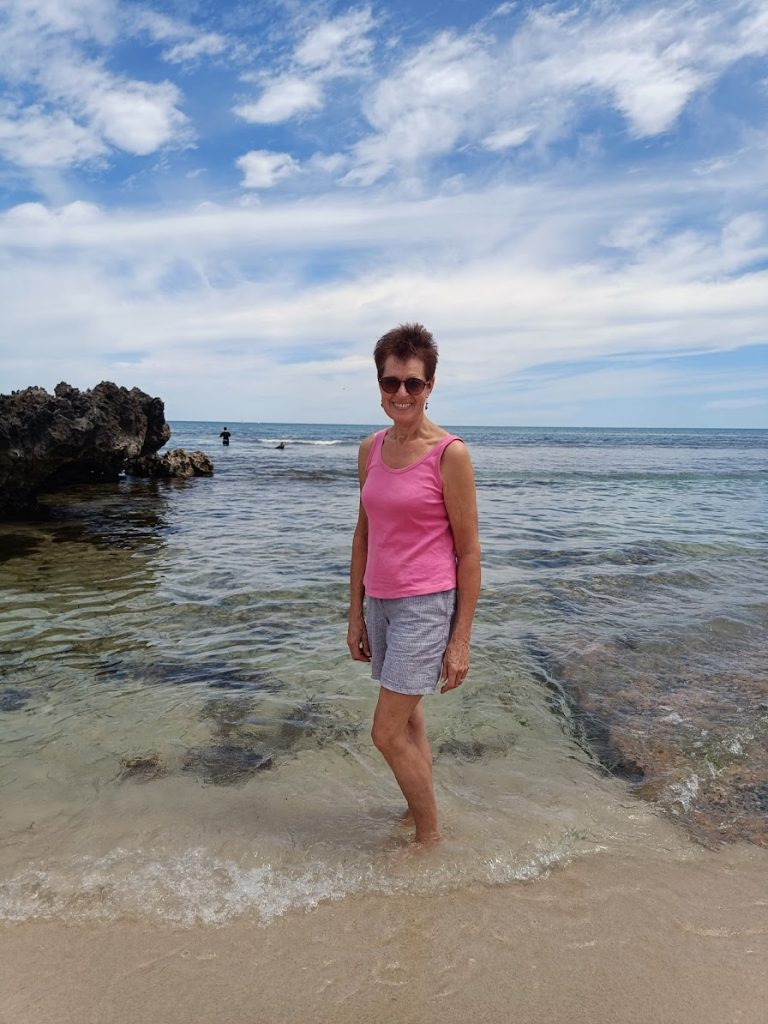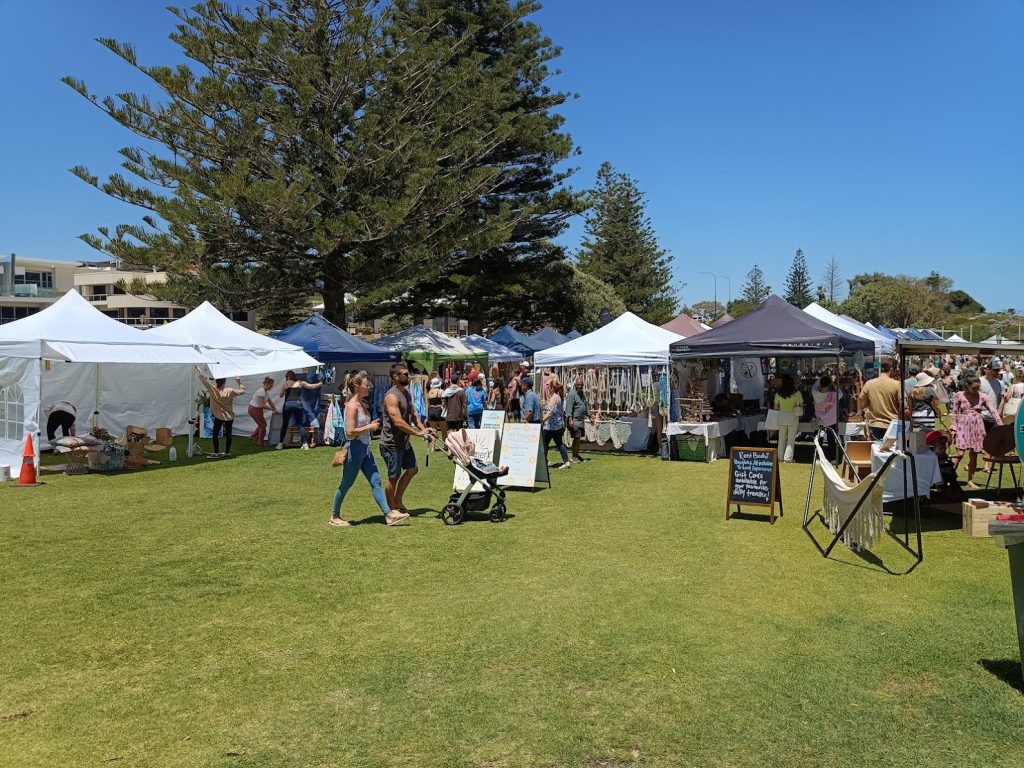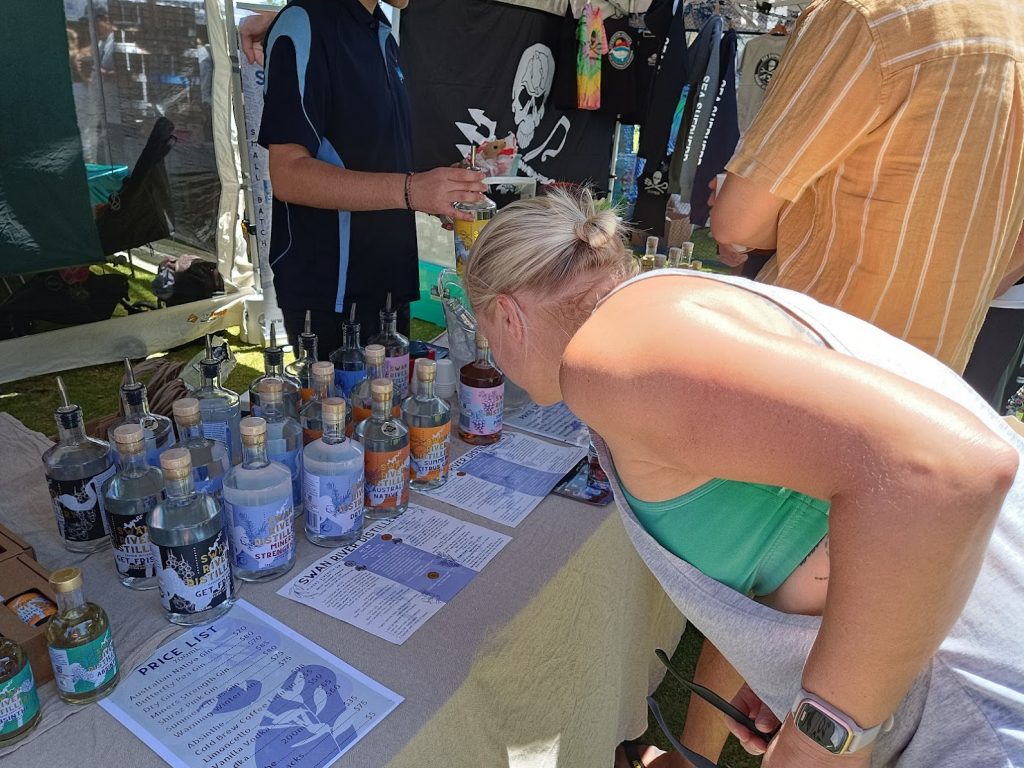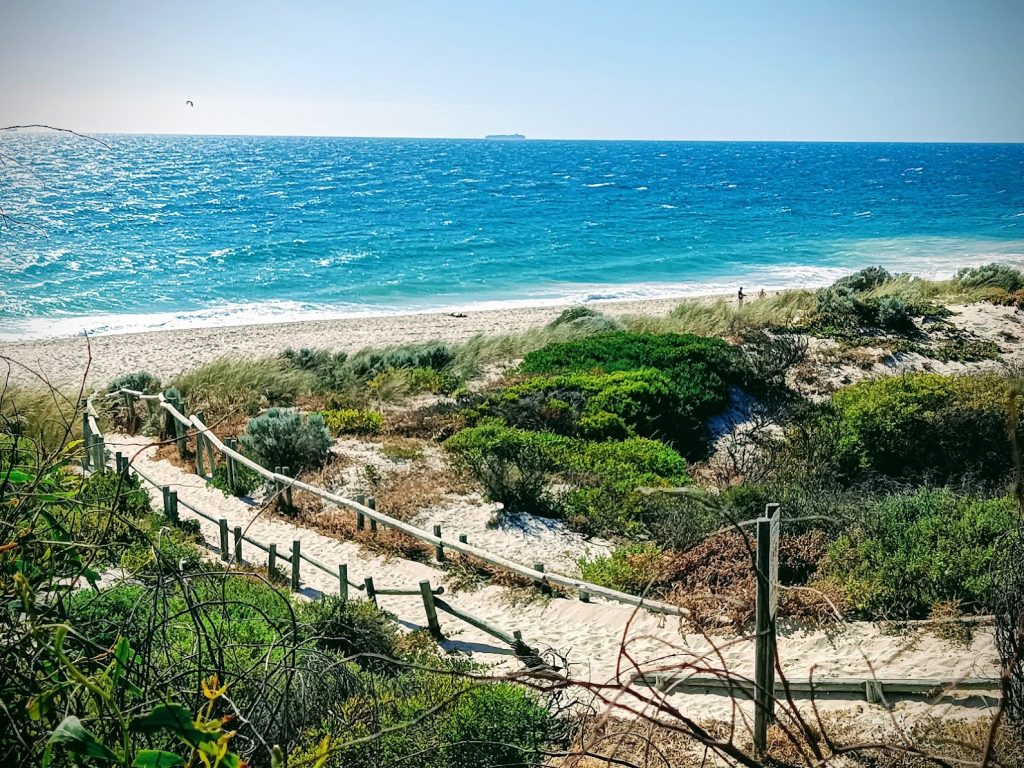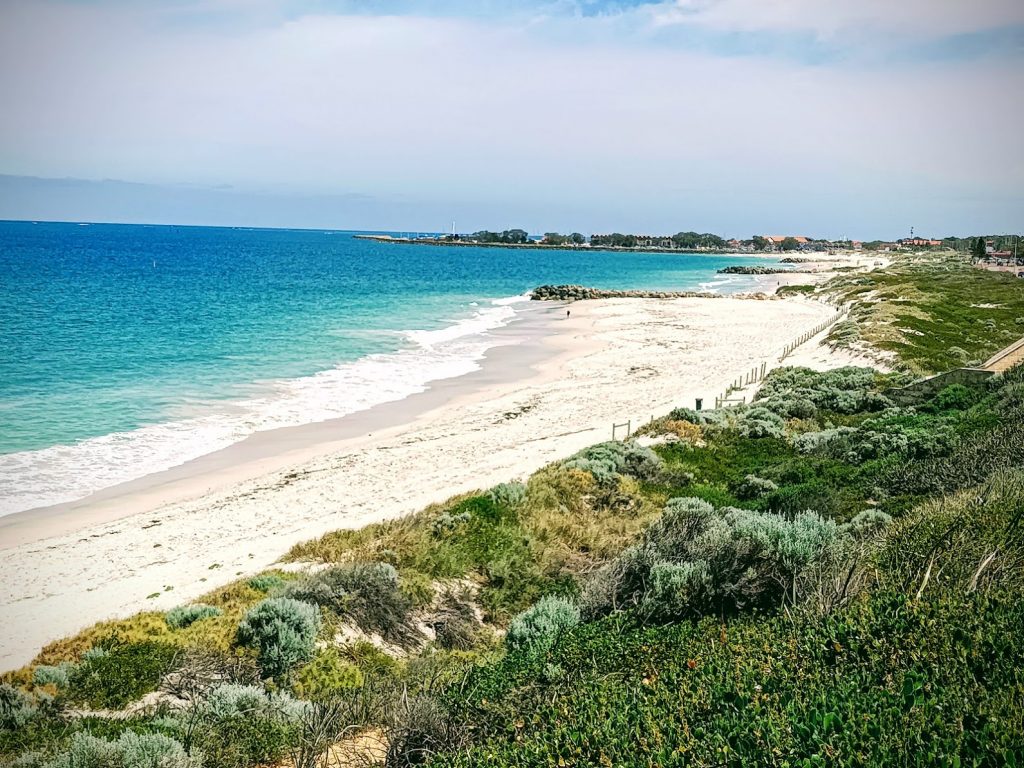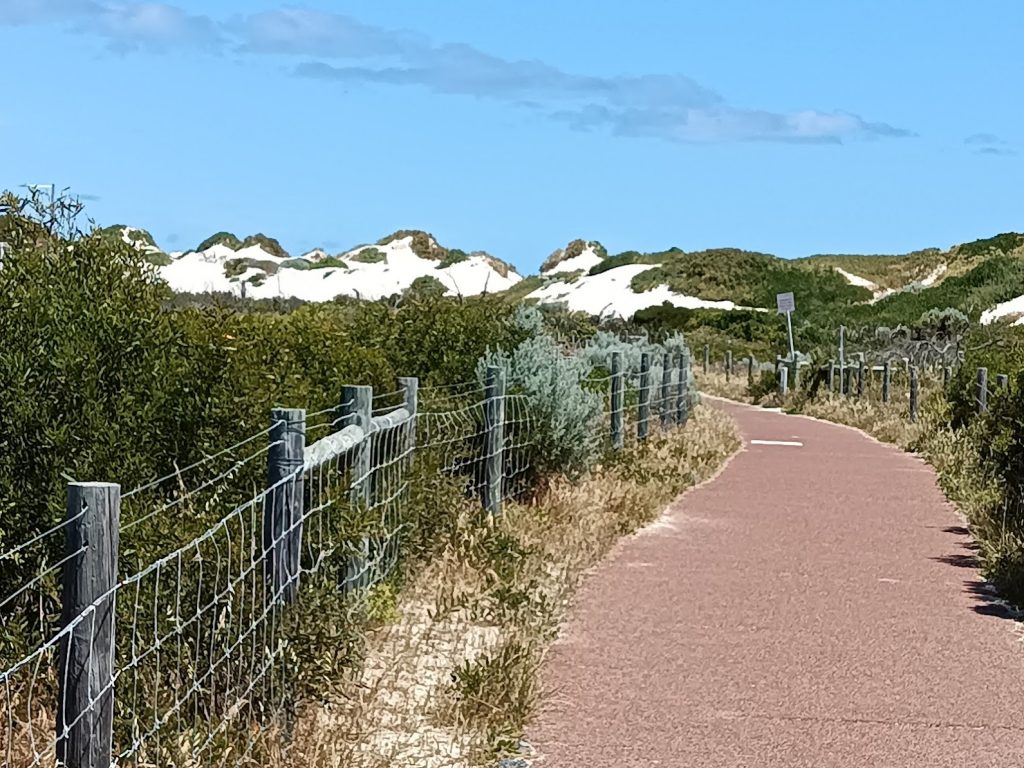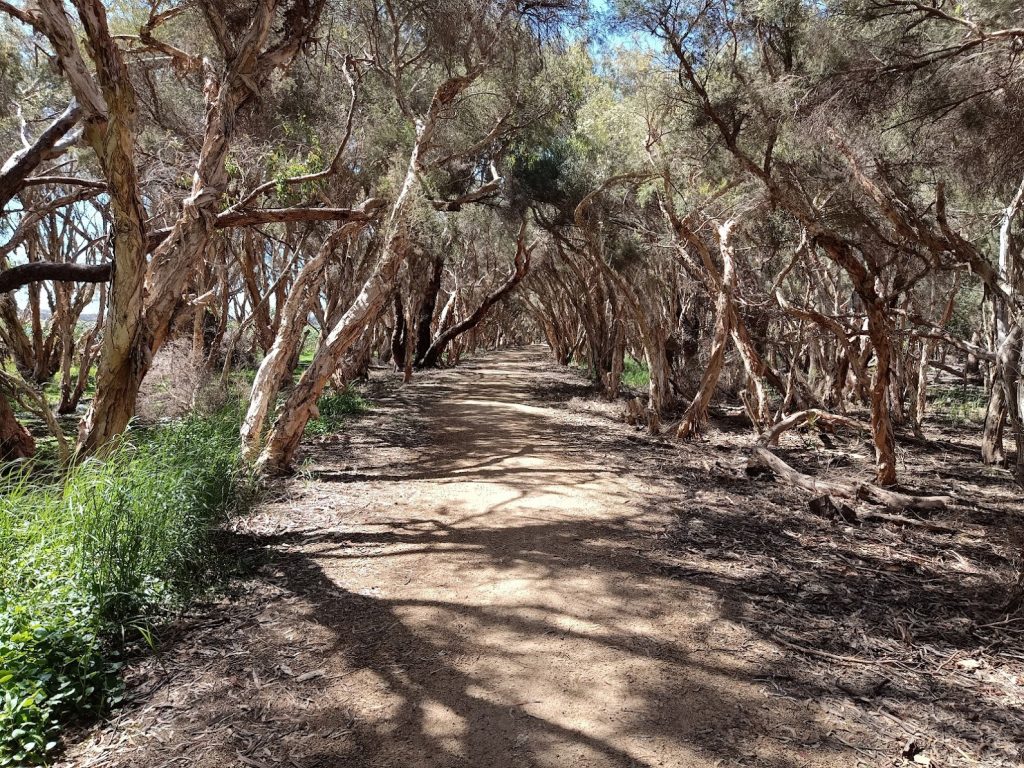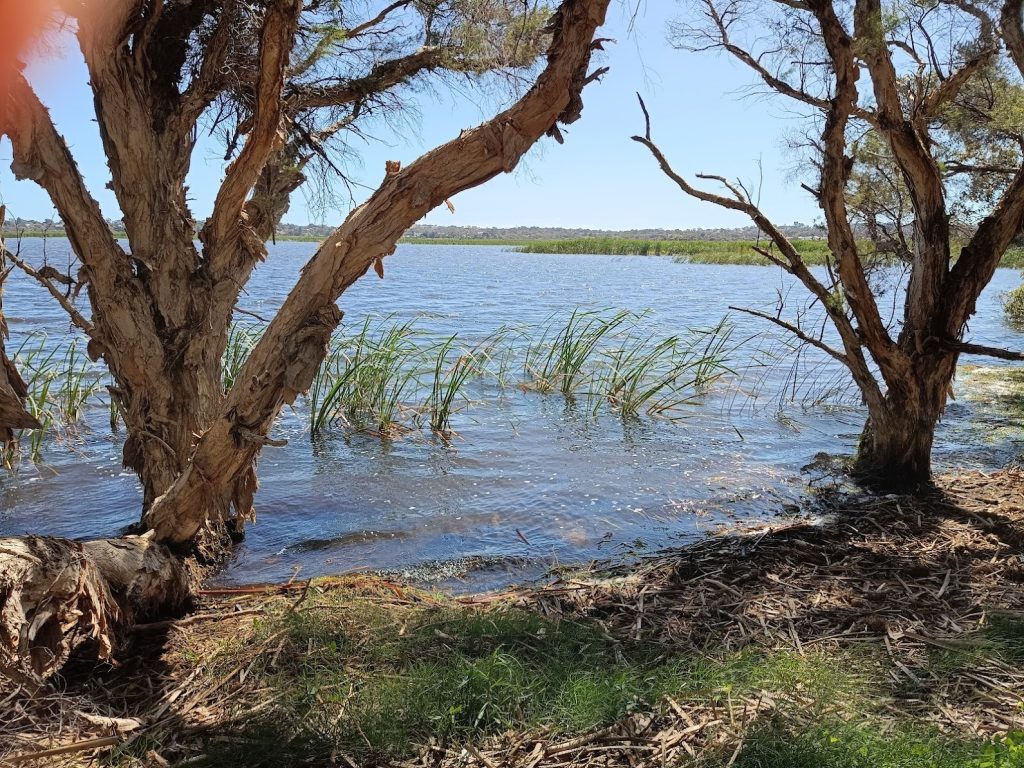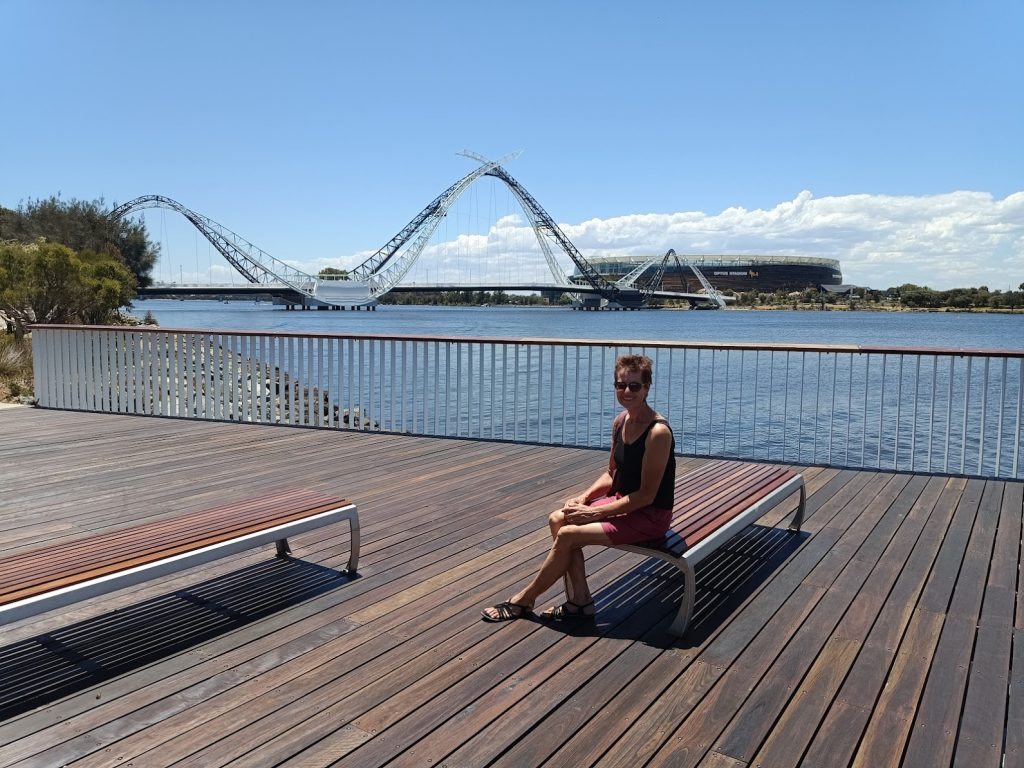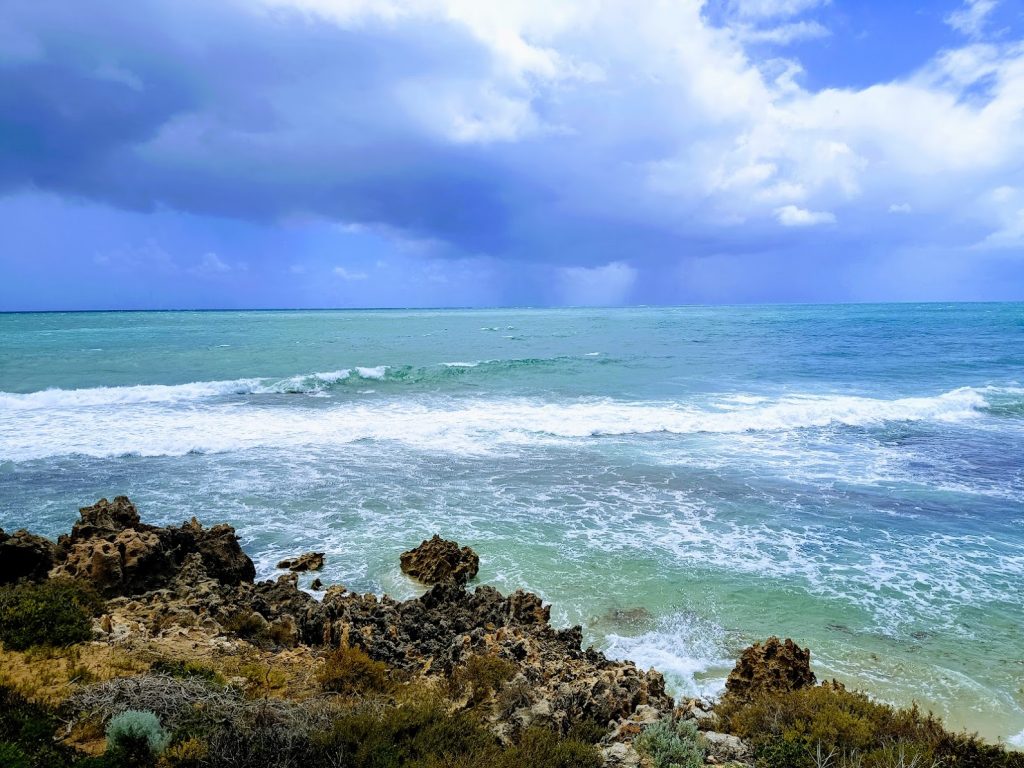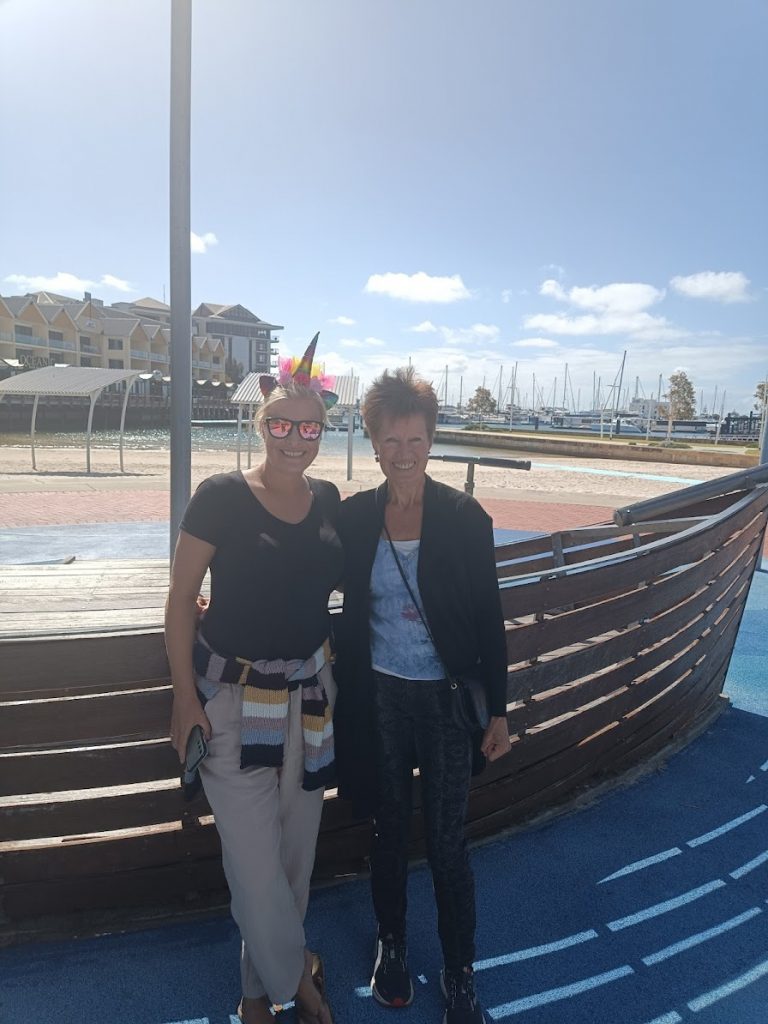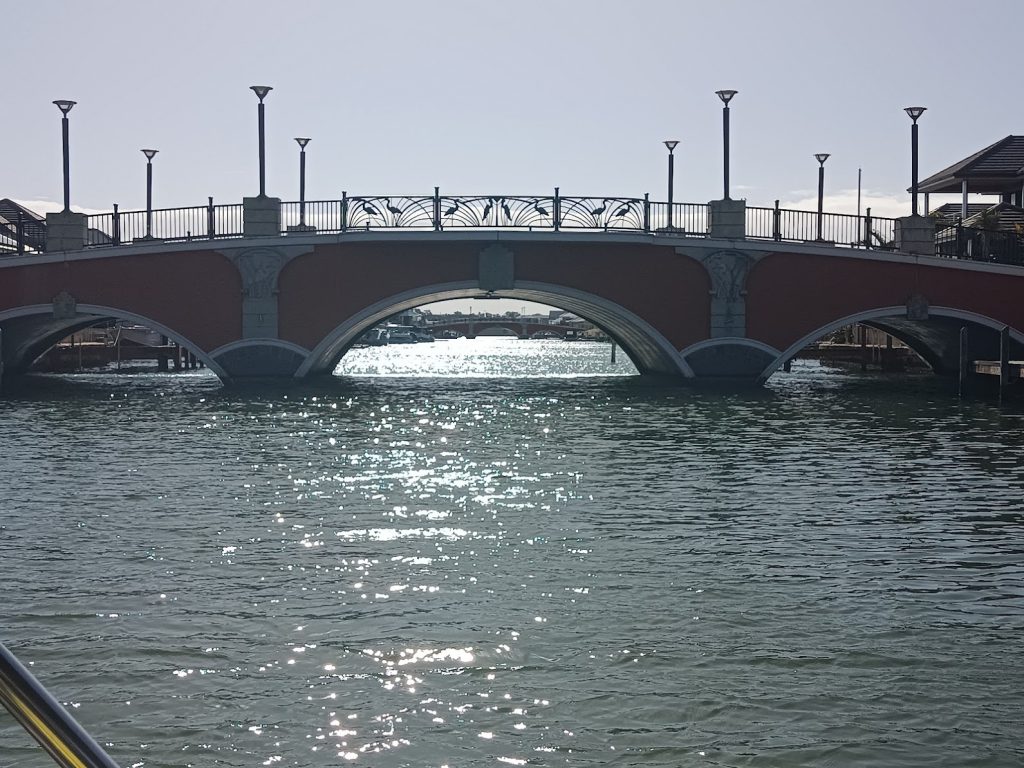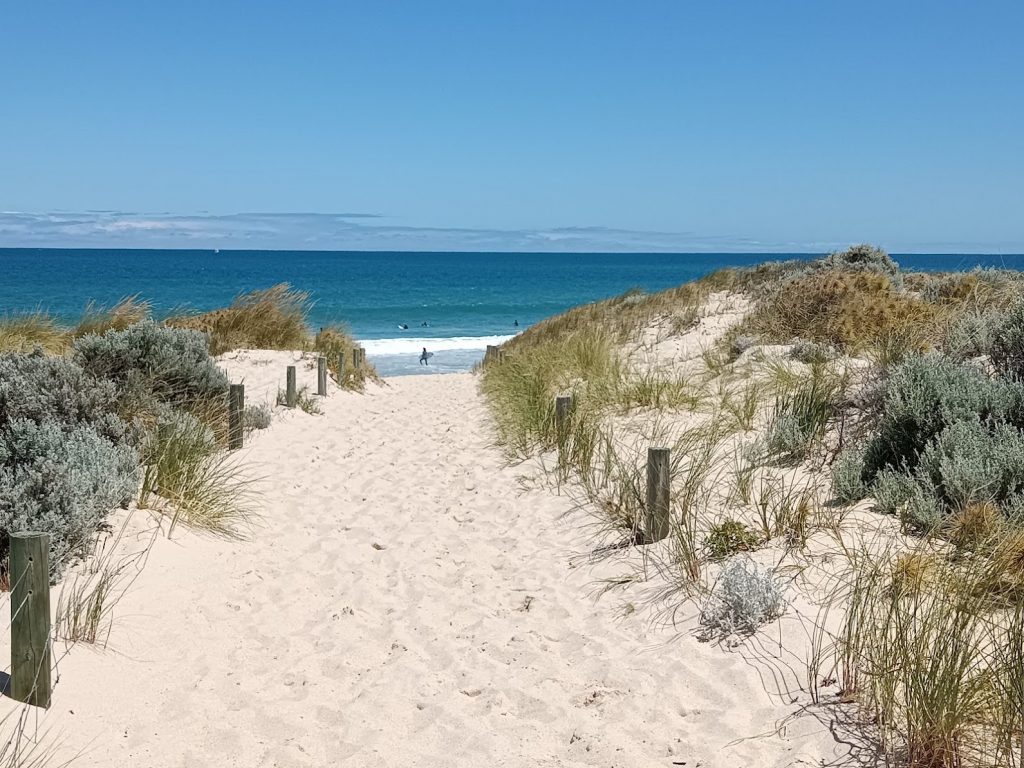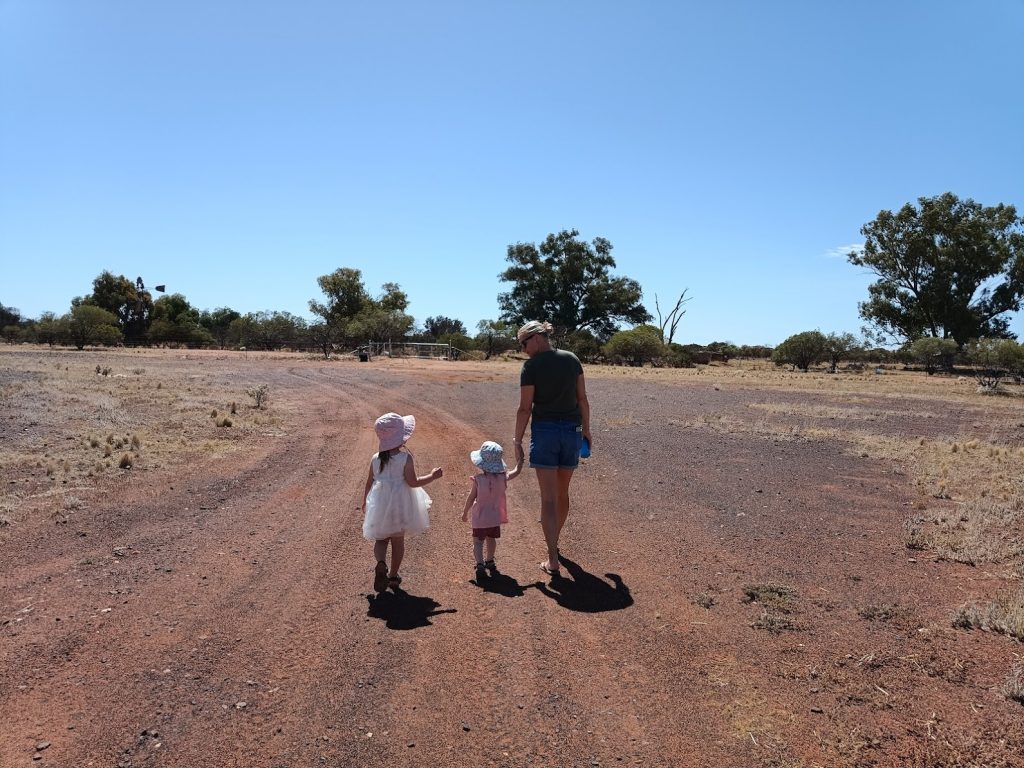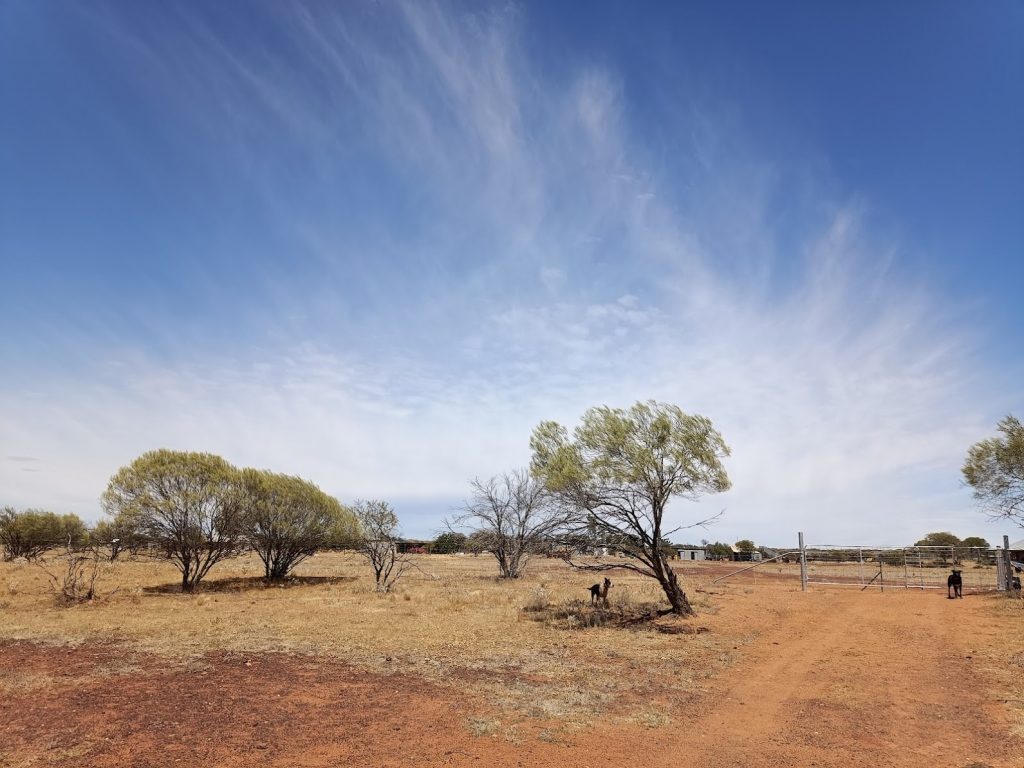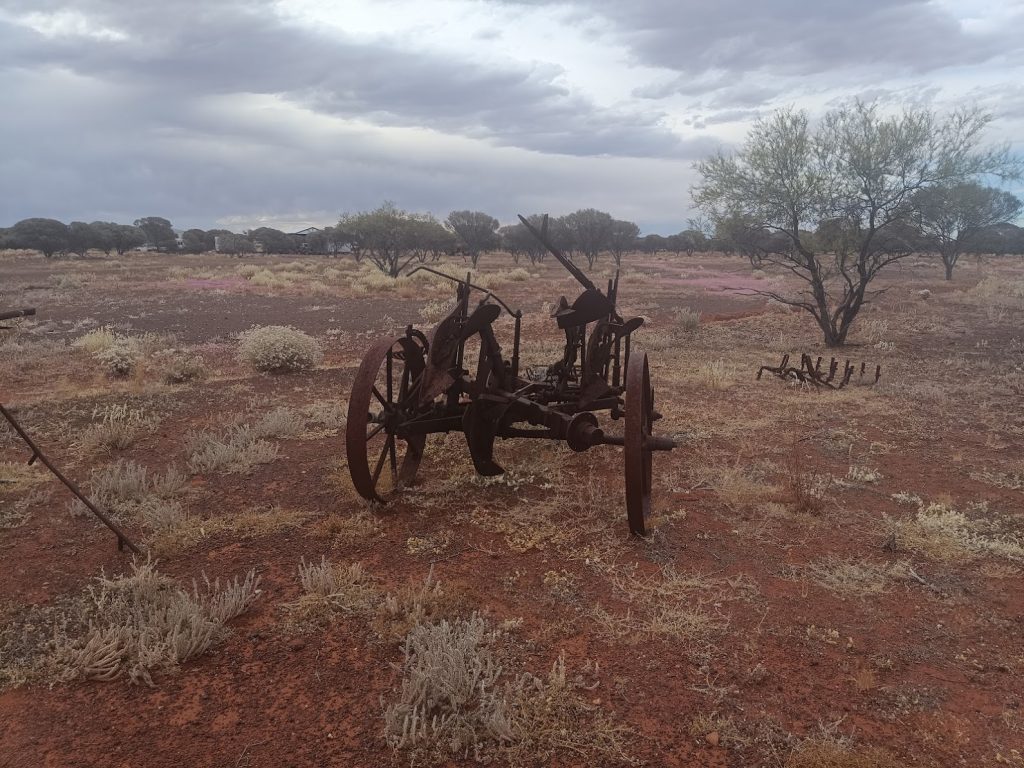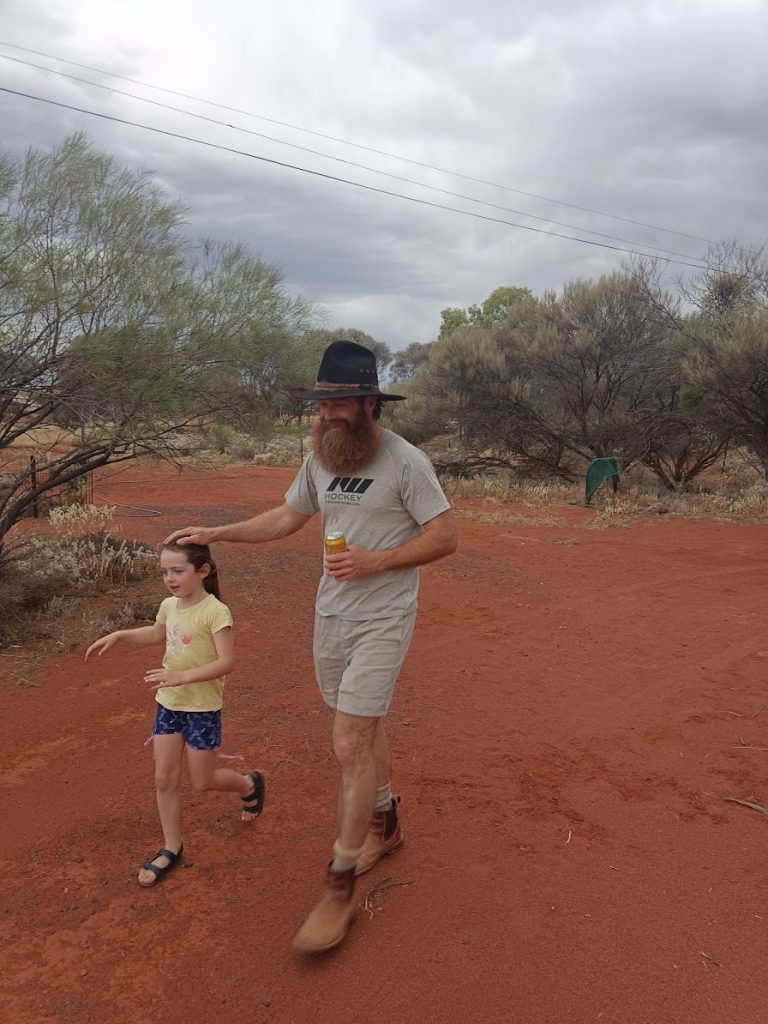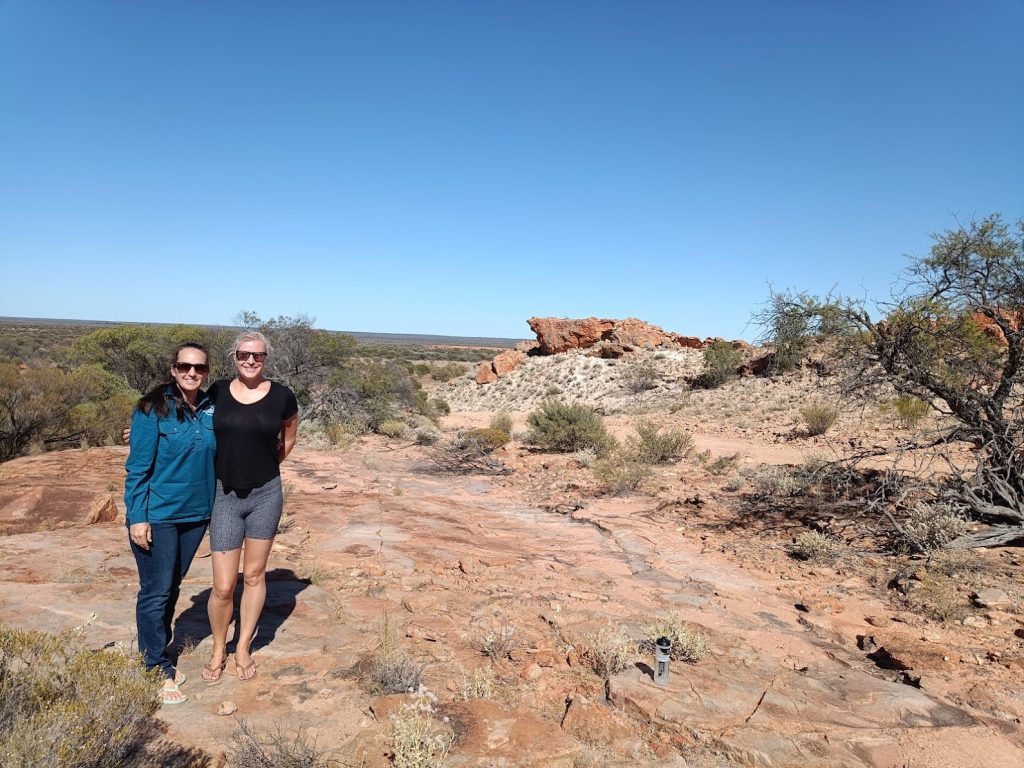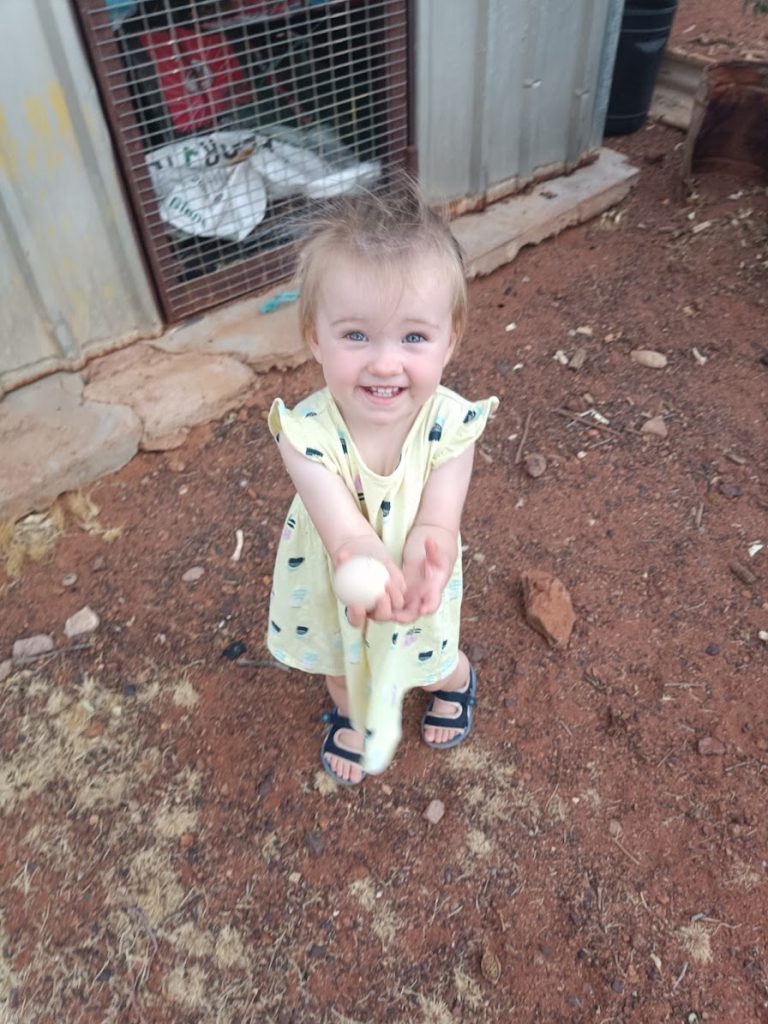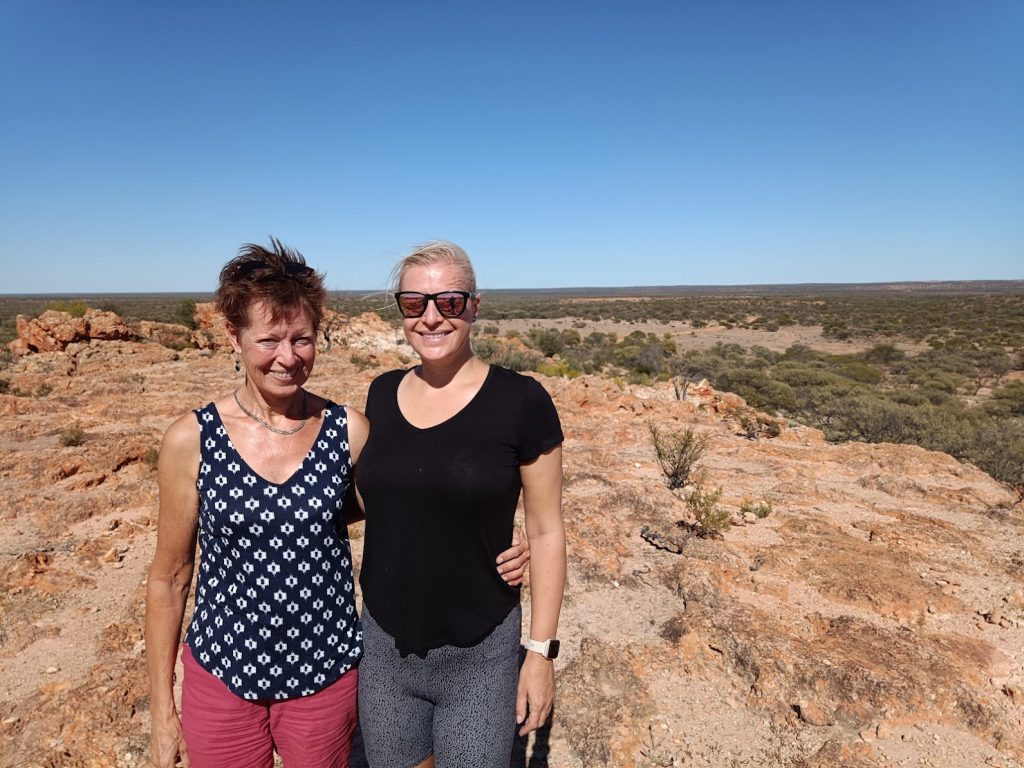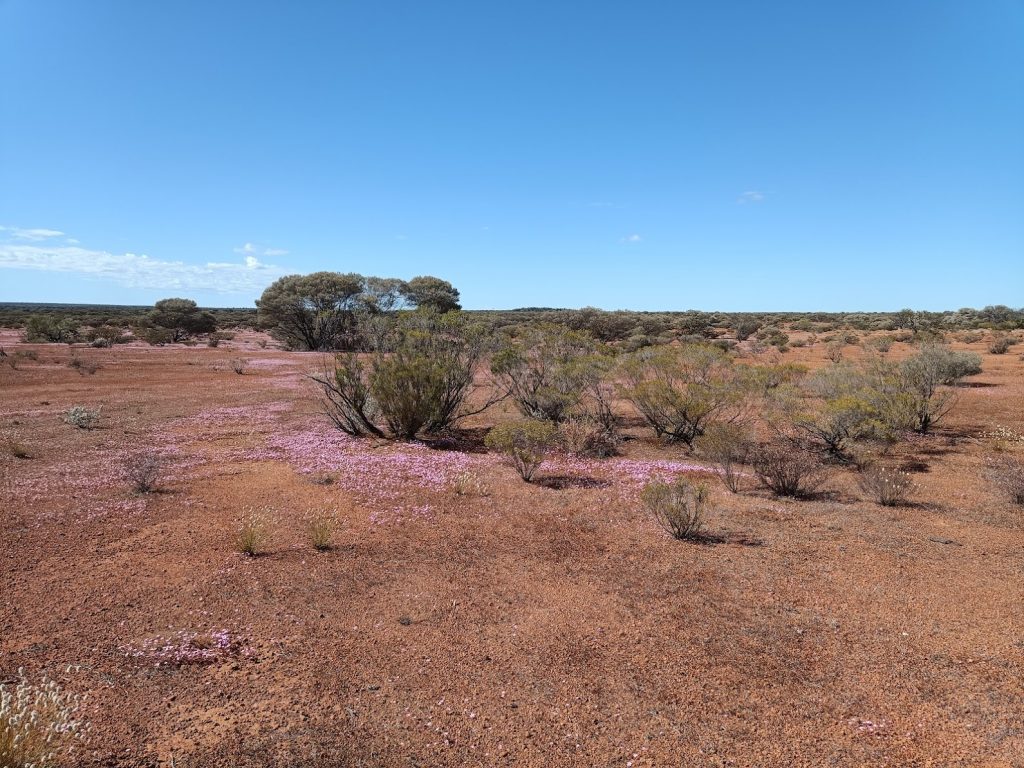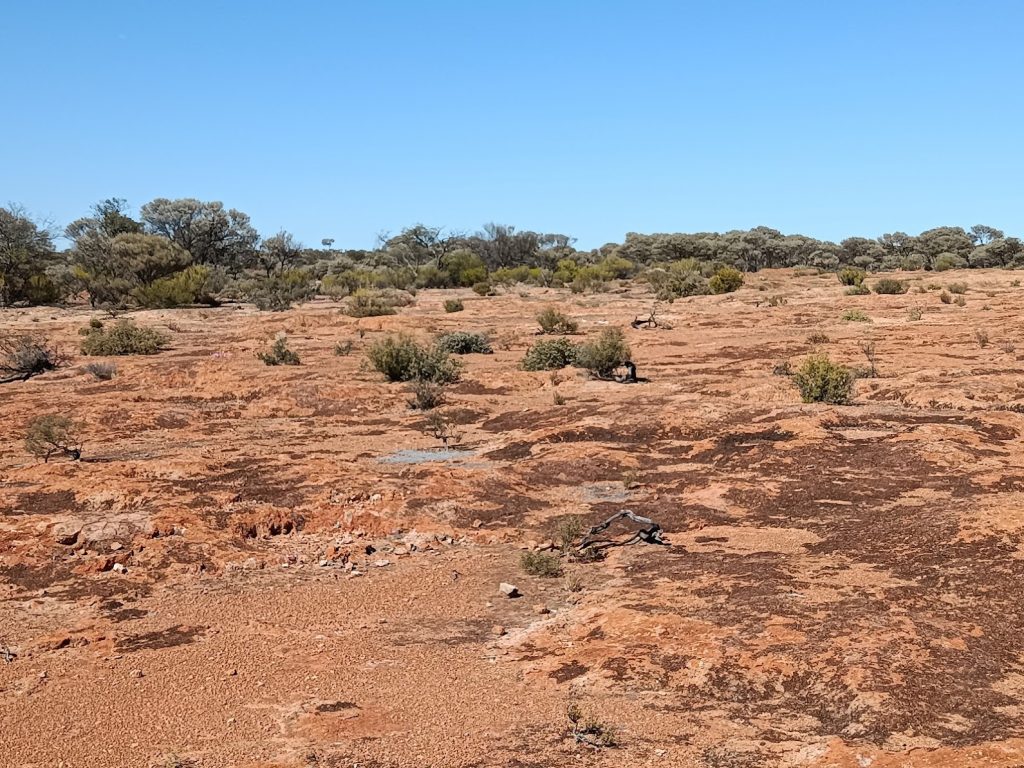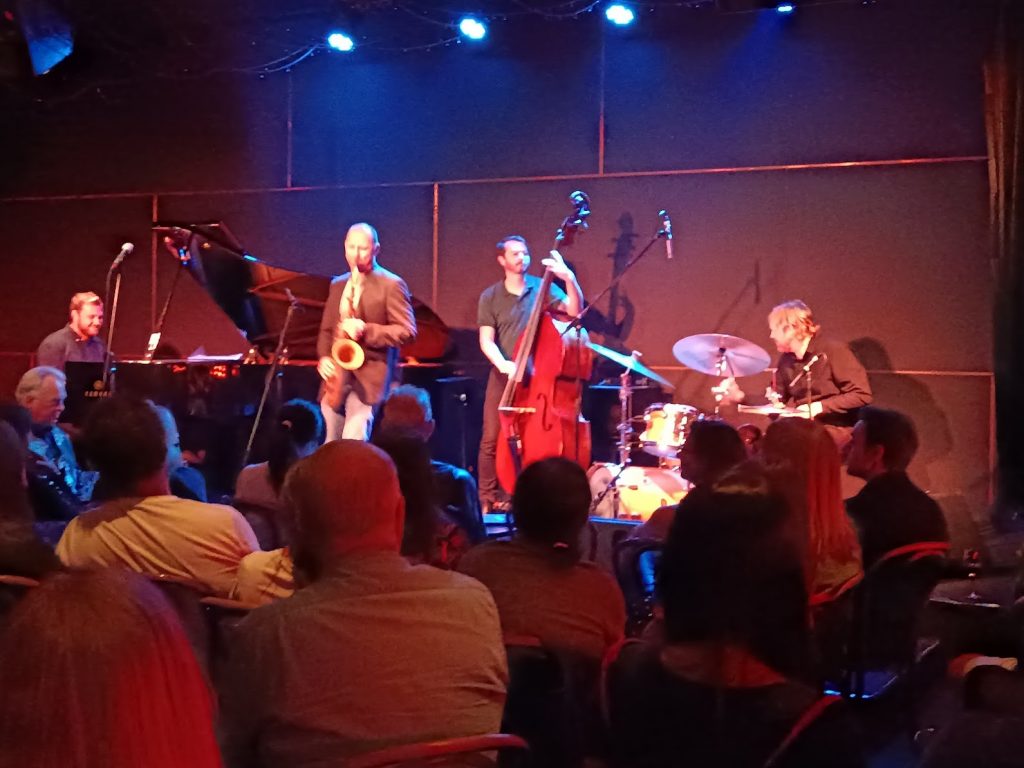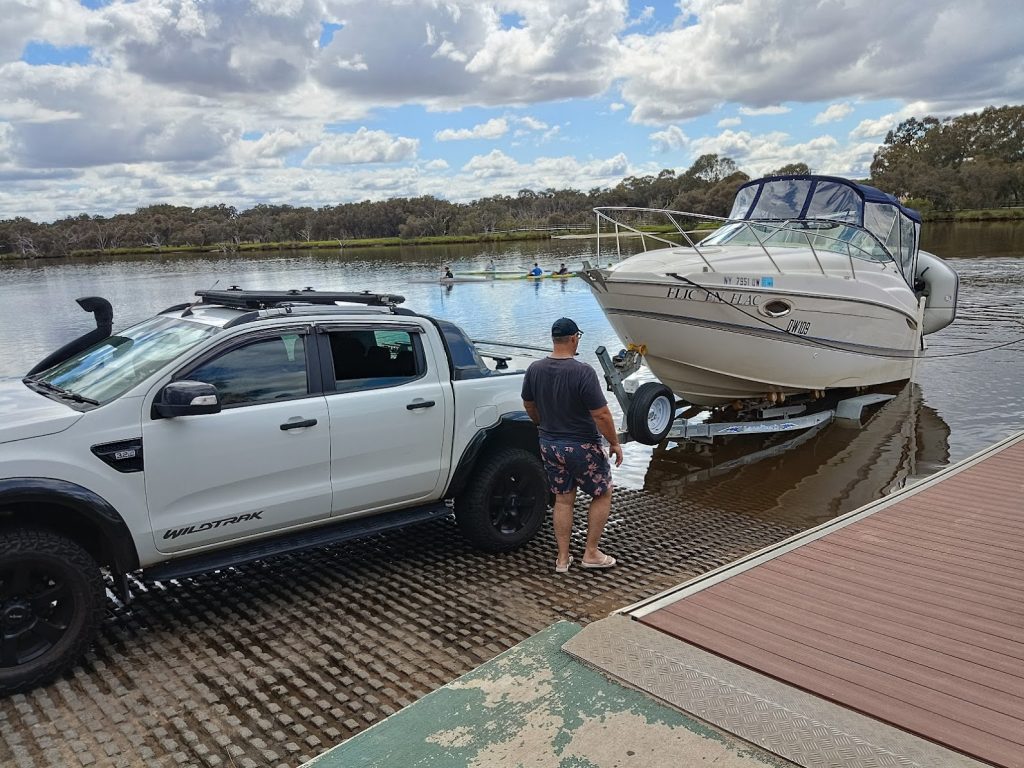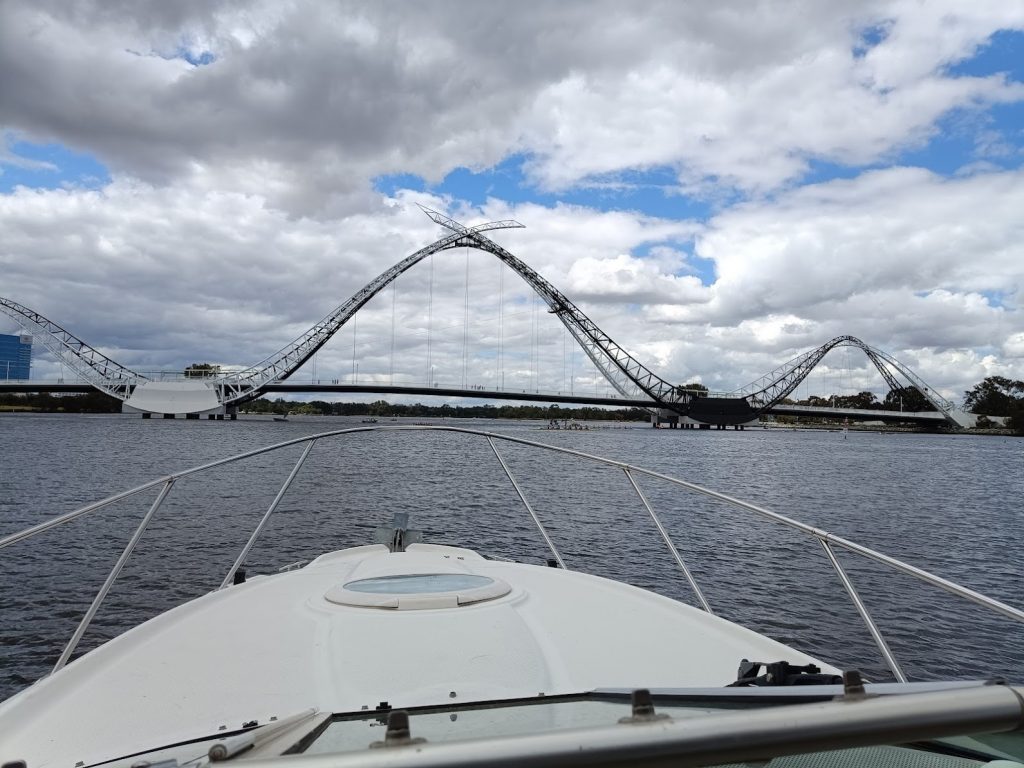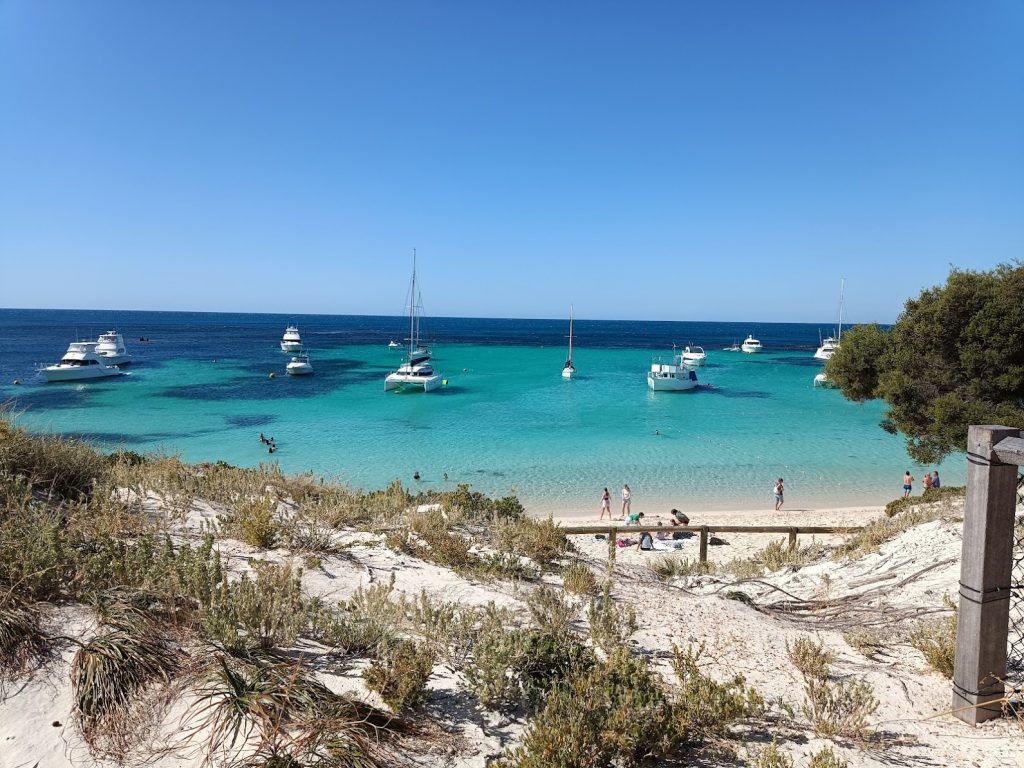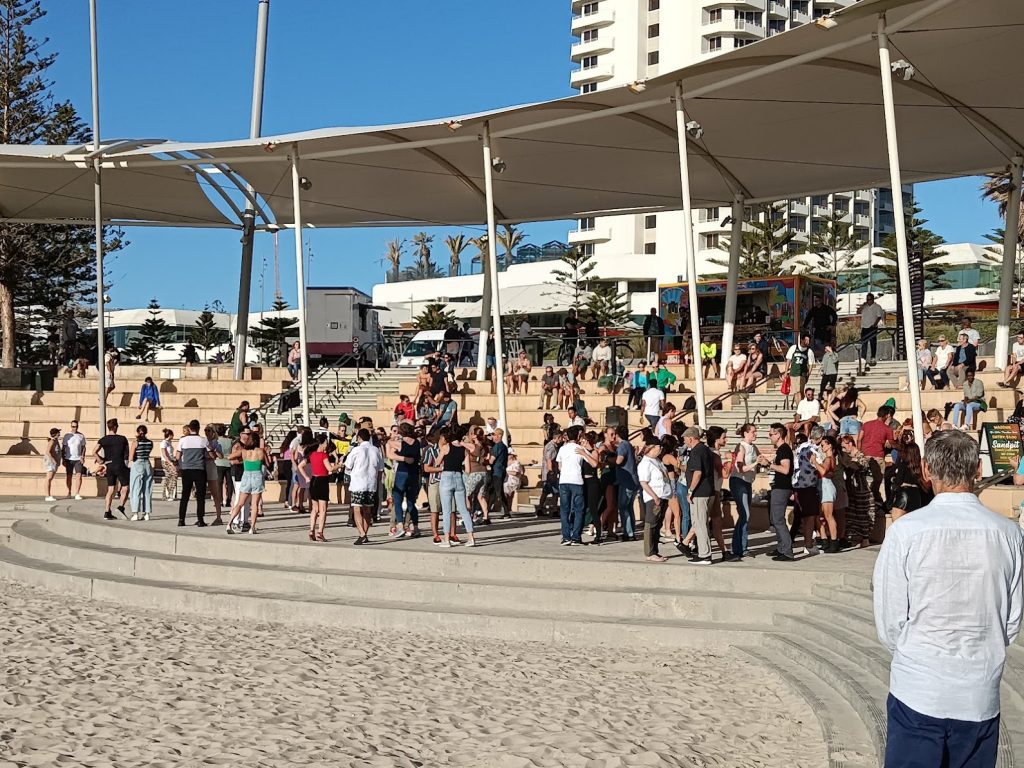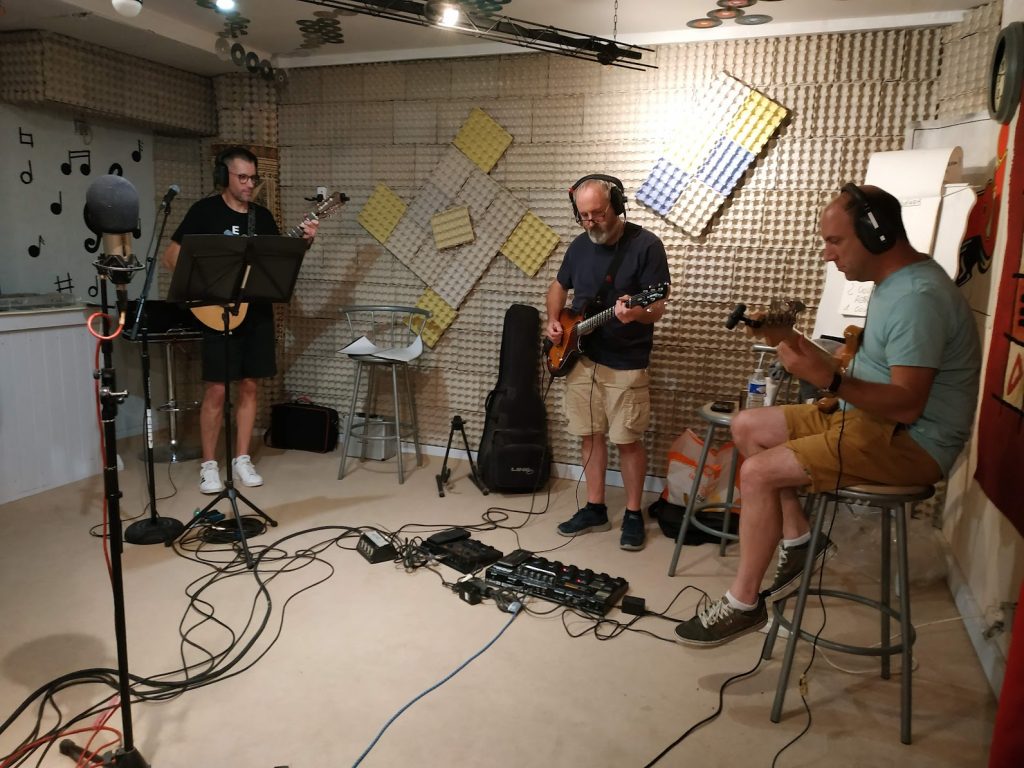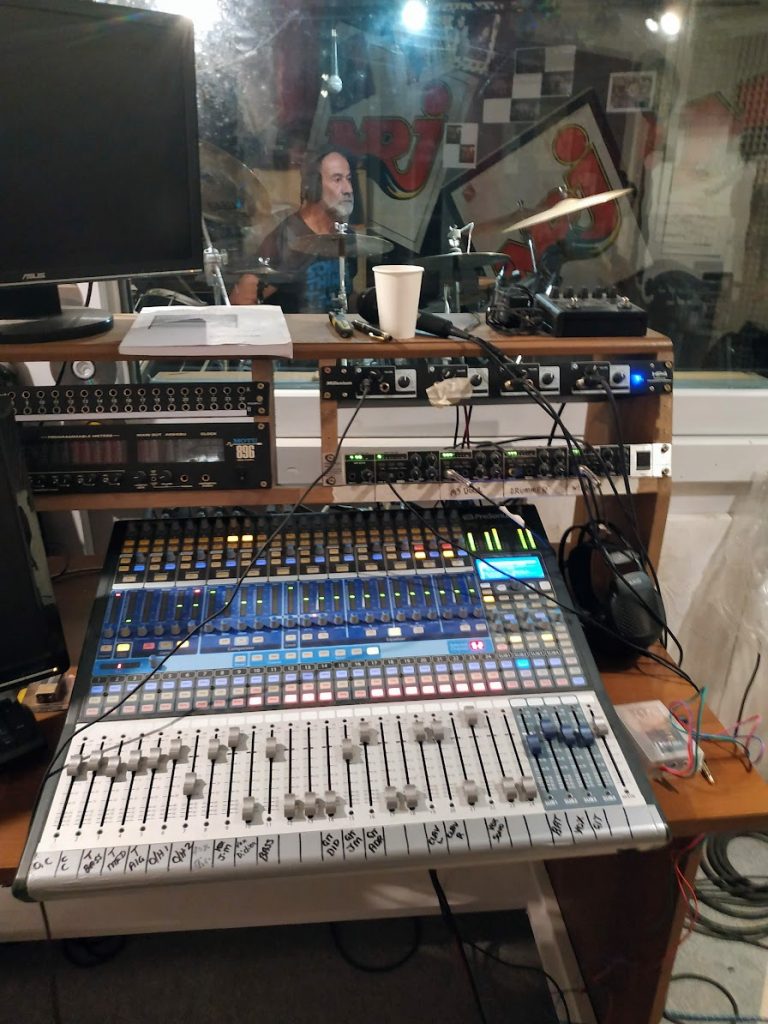The heating in my apartment is useless; electric radiators which get hot but don’t radiate the heat. In my first couple of weeks here, I had them turned up full in the living room 24 hours a day, I didn’t dare heat the bedrooms too, and the temperature only achieved 17°C on two occasions. I have an app on my phone on which, in theory, I can track my energy consumption; unfortunately it’s only worked for one 24 hour period, but that single day cost me 9 euros ! I turned the heating off and happily, the weather improved.
I decided to look at a pompe à chaleur réversible (heat pump that does heat and aircon), got an estimate and took it to the management company’s office. I asked how long I have to wait for a decision on permission to have the outdoor bit put on the balcony; she wasn’t sure, but thought I’d probably have to wait till the residents’ AGM – in September! Oh well, if that’s how things work…….
Imagine my surprise then, when a week later I received an email telling me that, for exceptional reasons, I can go ahead! I haven’t asked why, I don’t want to stir things up, but I did call into the office to check that I’d not misunderstood the email. So next winter I should be toasty warm and if the summer is as hot as last year, I’ll have aircon too.
Apart from that, I’ve had a few days off. It made me realise just how exhausted I was and it’s been really difficult to motivate myself to start again. However, in the end, I had no choice; a neighbour from Caupenne offered to come over to help with jobs that I can’t do myself. I made a long list before he arrived and Kieran said he’d join Paul to help dismantle the big wardrobe in the spare room. It was a very good quality wardrobe and took a lot of work to take it apart. There were quite a few “right said Fred” moments, when the screws they expected to find didn’t exist or they just couldn’t work out how various pieces had been fitted together, but eventually it came apart – and in a saleable fashion, which meant somebody else could take it away. I put it on le bon coin (an internet selling site) and a couple came to buy it this morning.
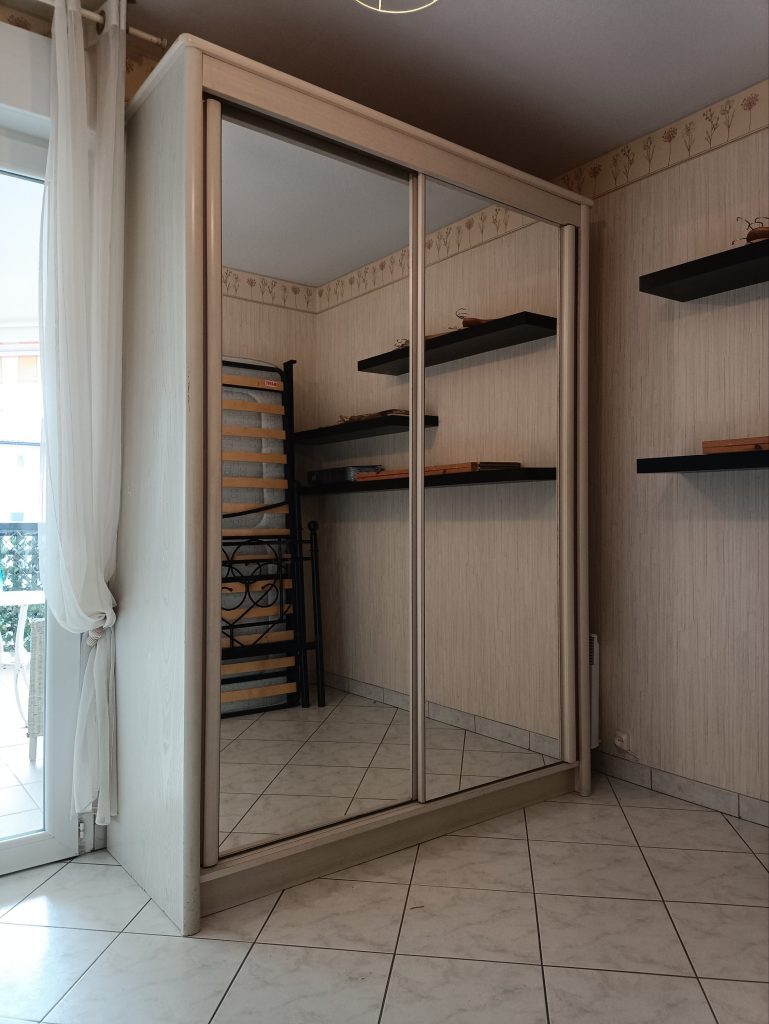
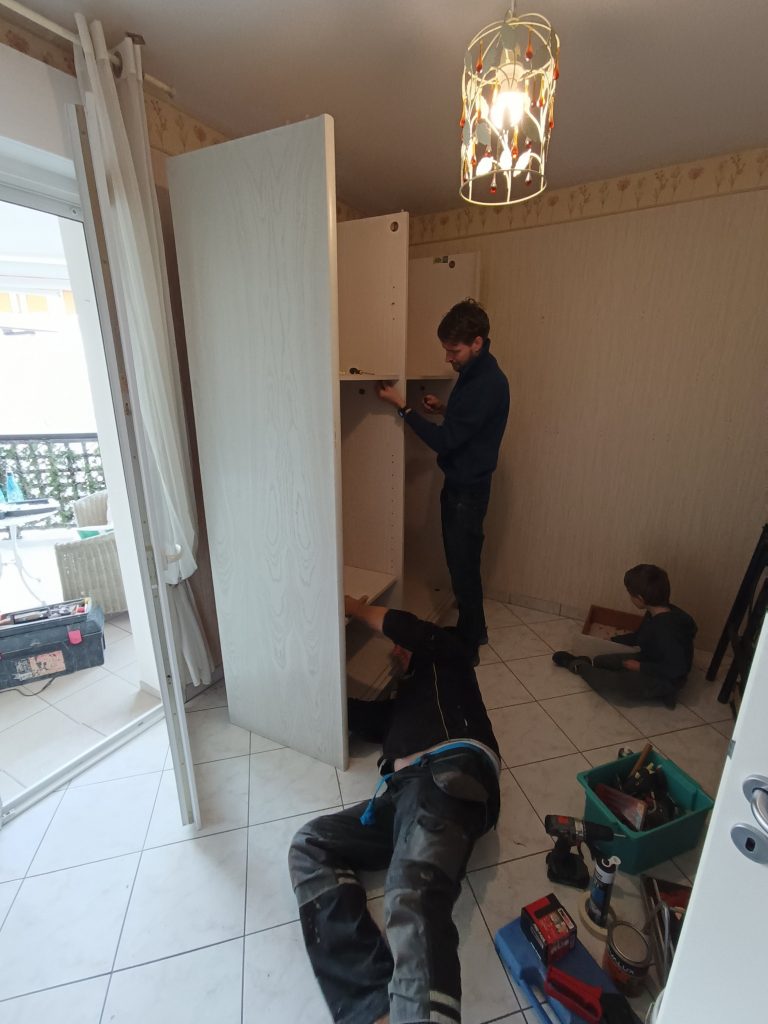
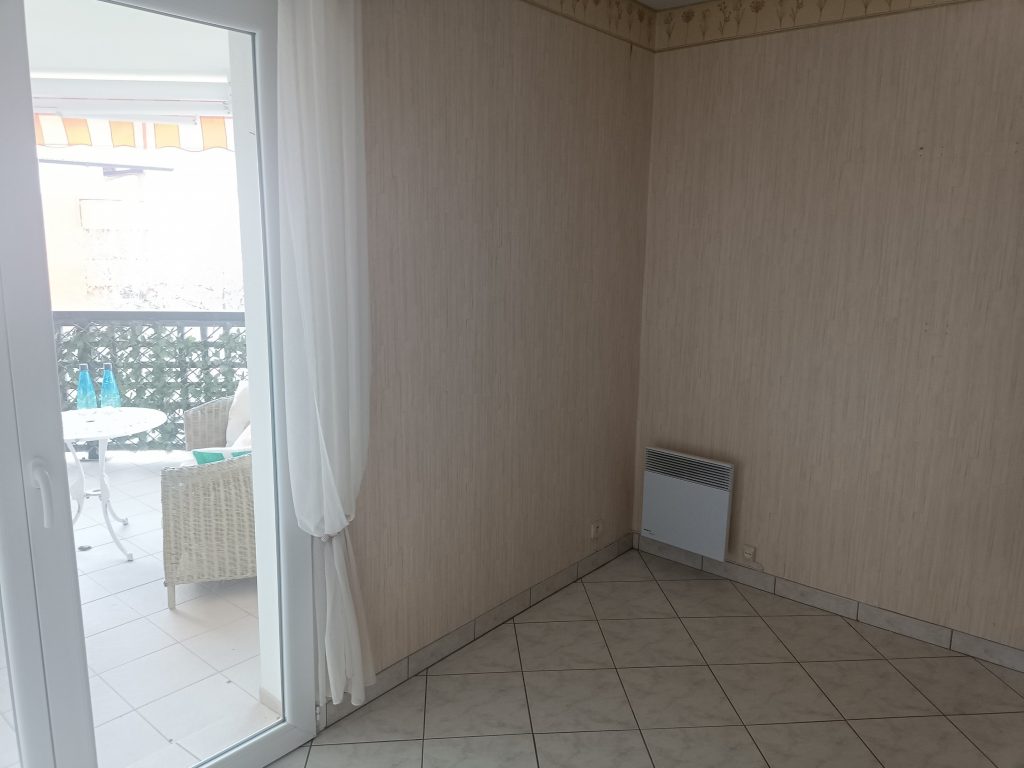
Another job I had lined up for Paul was tile cutting. When Ludovic took away the clutter collector, it left pieces of tile on the wall below that were too short. I managed to find enough spares in the garage, Kieran brought his tile cutter and Paul did the cutting. I’ve retiled the bit of wall now and just need to grout it.
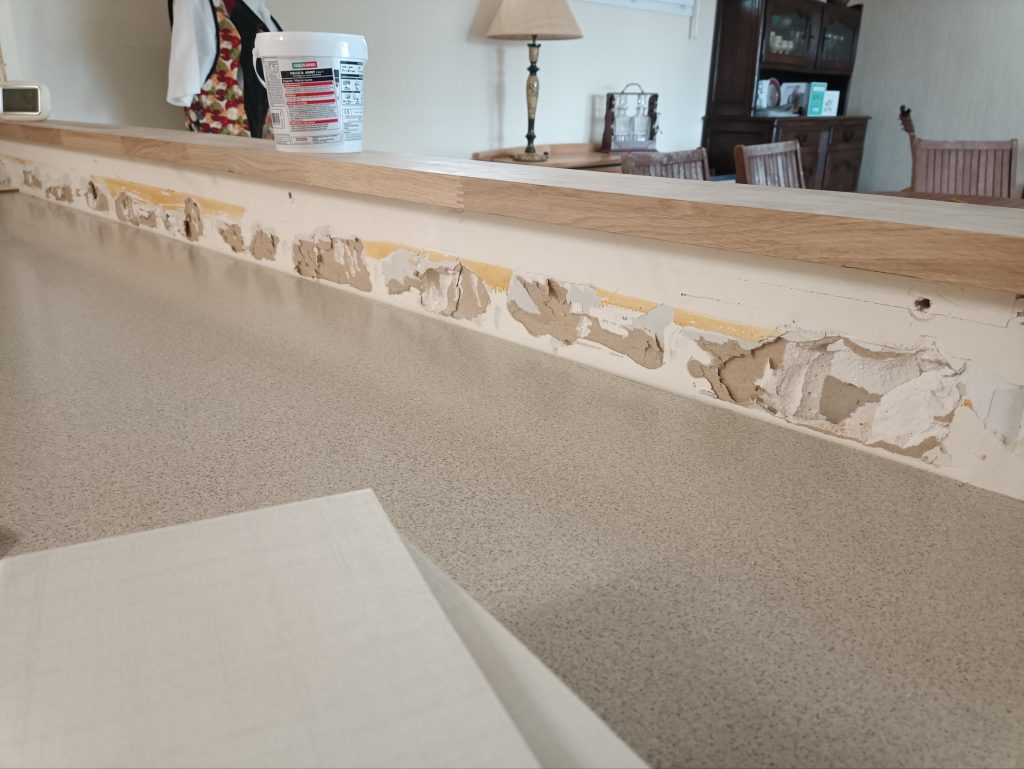
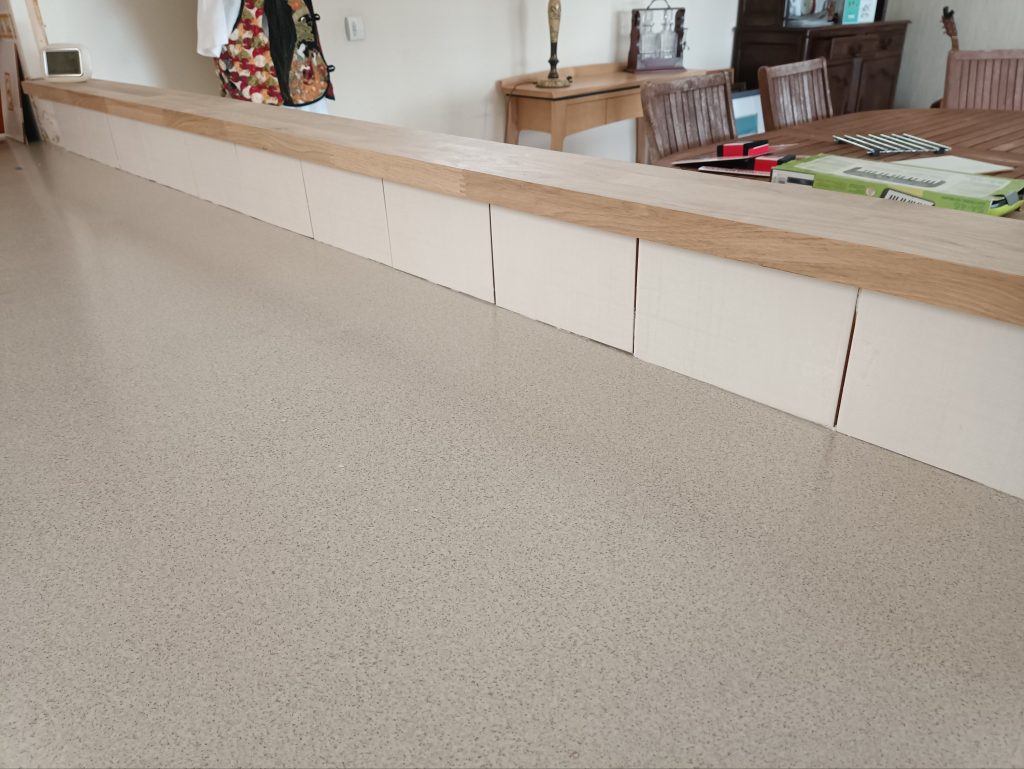
So the balcony is looking clearer, as is the garage since I sold all my packing boxes and the kitchen is more to my taste. There’s still a lot of decorating to do, but it’s good to feel that I’m gradually making progress.

